Pruning Up Lower Branches On Trees
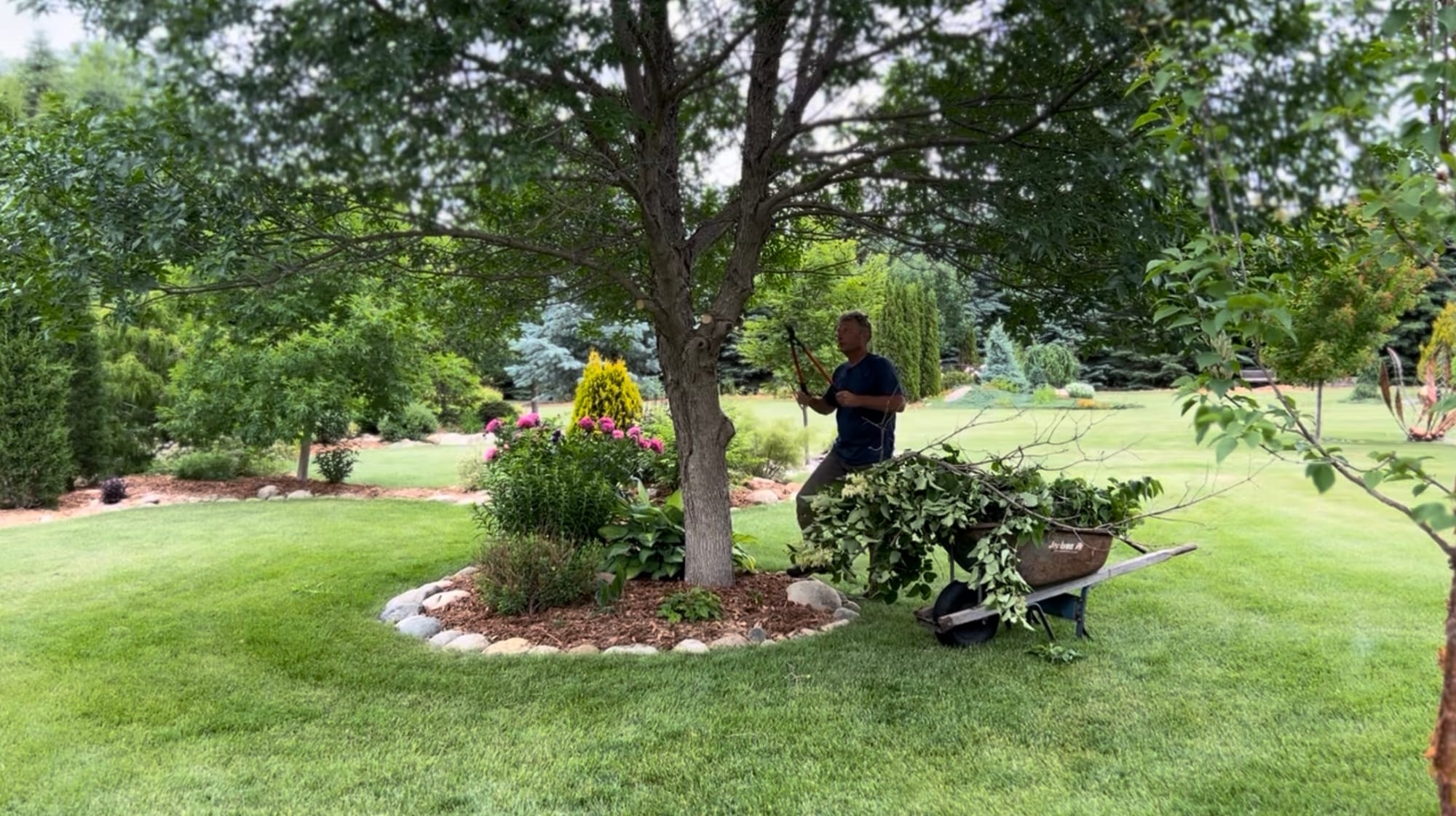
We get used to those lower-hanging branches on trees. But once they’re pruned off, you’ll enjoy how it changes the look and effect of your gardens. This video covers numerous examples of the process.
Thank goodness for my wife’s organizational skills! Here is a photo of my organizational skills.

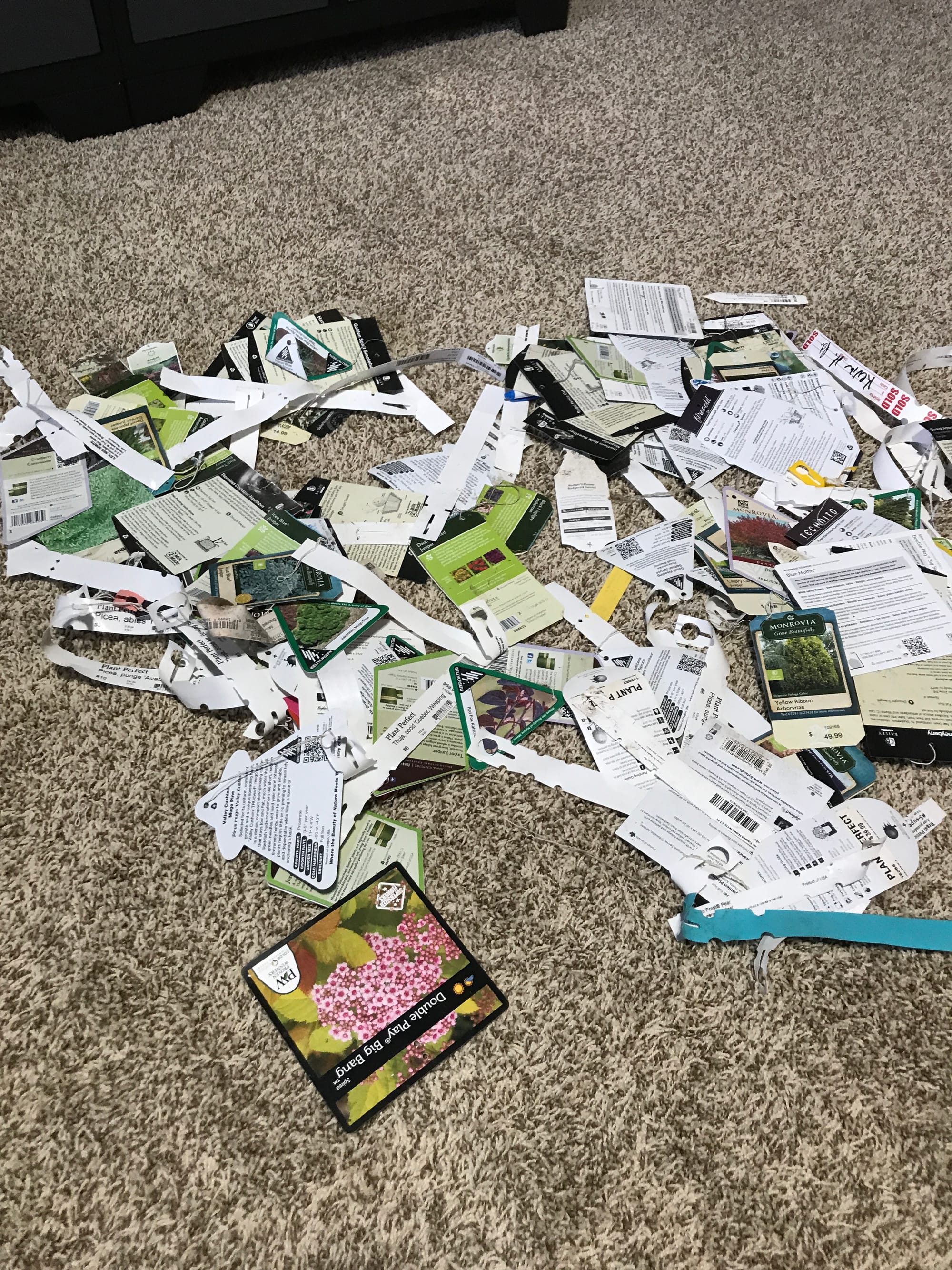
I’m a pile filer (this happens in the office with paper documents, too 😊). Since I was planting in such a frenzy in the early years of developing our gardens, I just threw all the labels in a box. I then dumped them out and looked through them like a jigsaw puzzle when I needed to know the name of one. But Angie categorized them in envelopes and drew a map of all our garden beds. Since I'm working on YouTube videos every week now, I rely on the map almost daily.
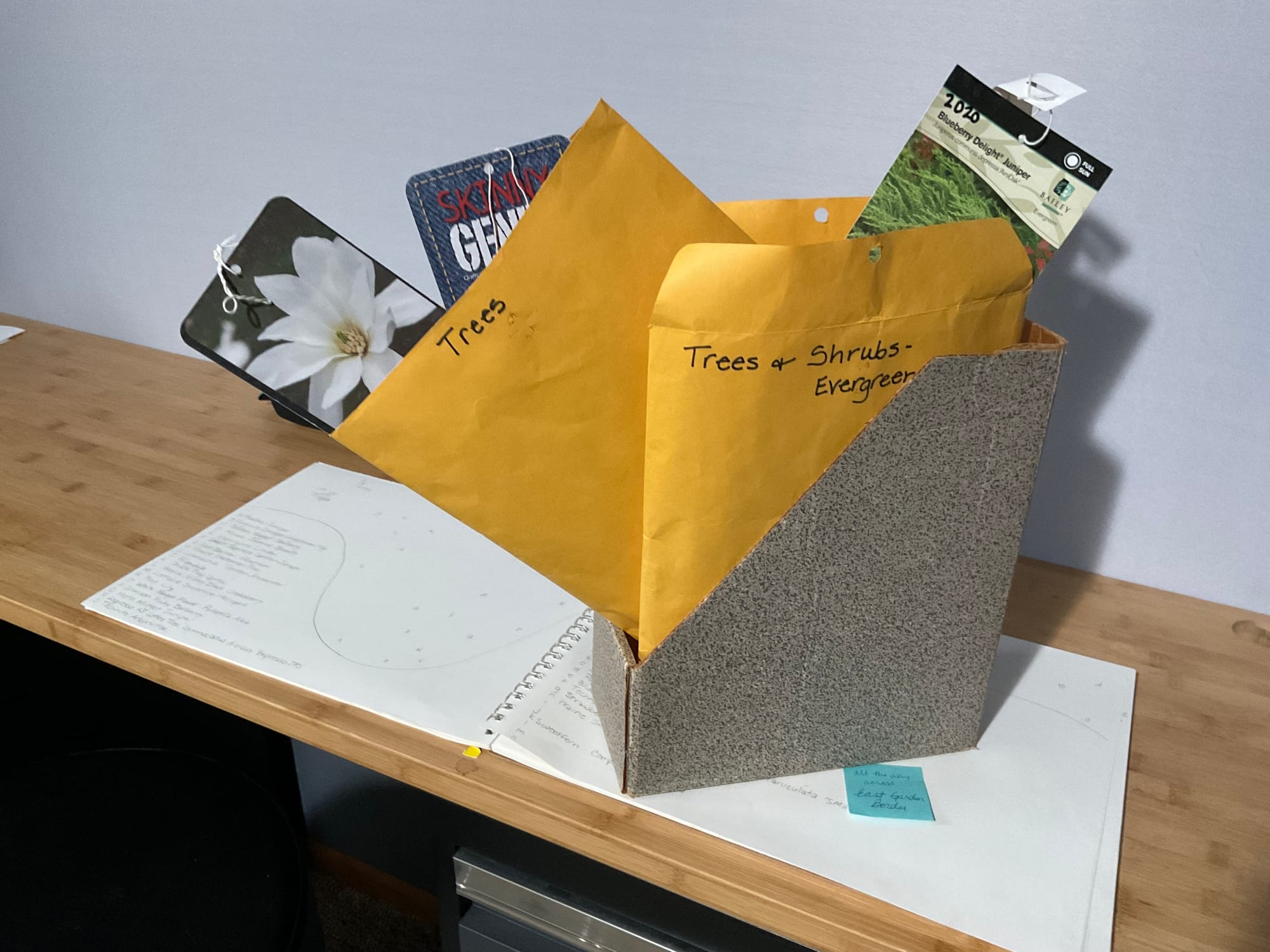
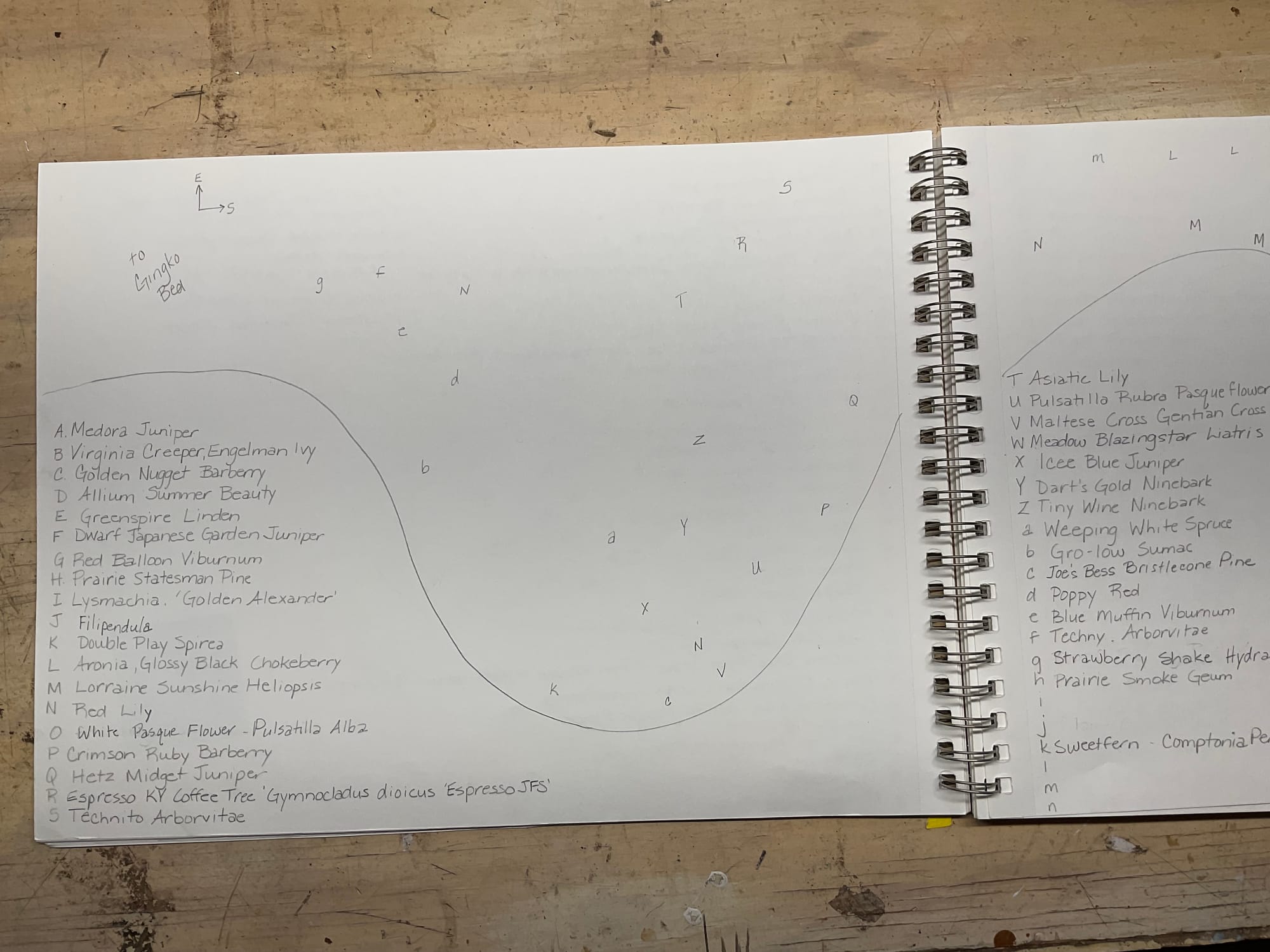
Here is the first tree we looked at in the video. I lost the tag. I’m pretty sure it is one of the two varieties I've listed here. That must have been the earlier years of my organization where I didn’t even keep the tags!
Golden Eclipse (or maybe Chantilly Lace) Japanese Tree Lilac
Syringa reticulata 'Golden Eclipse’ ‘Chantilly Lace’, Zone 3-8
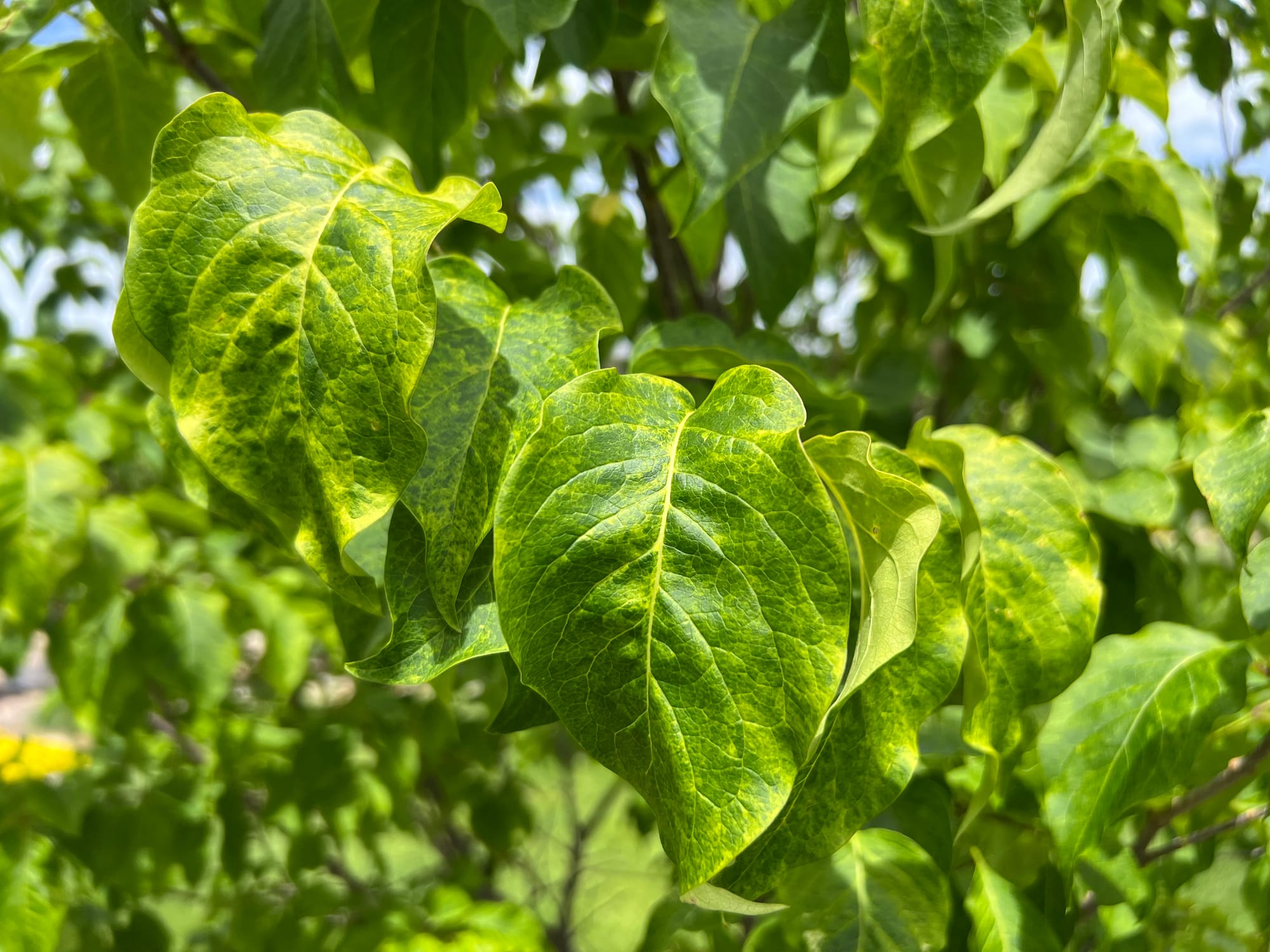
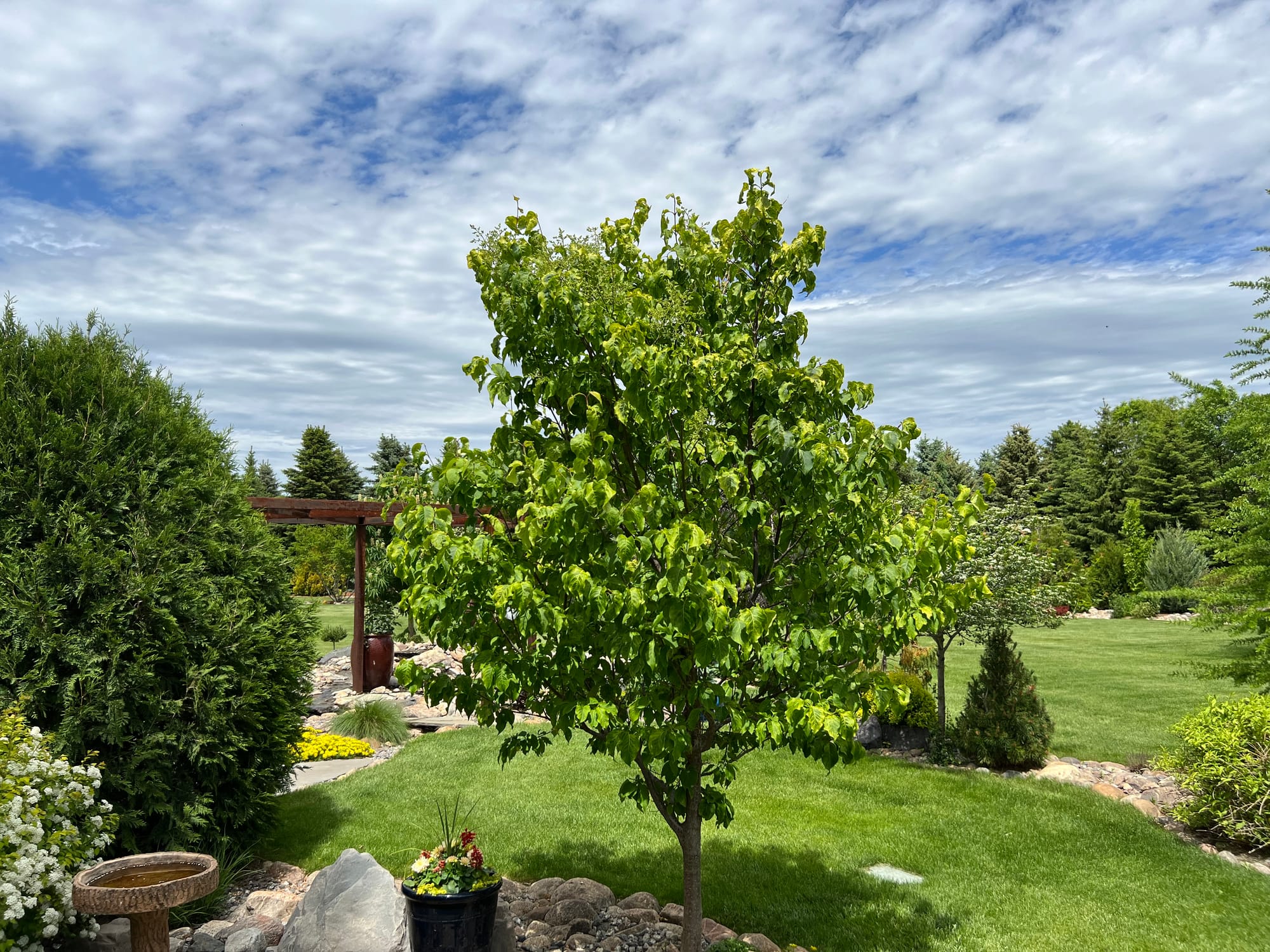
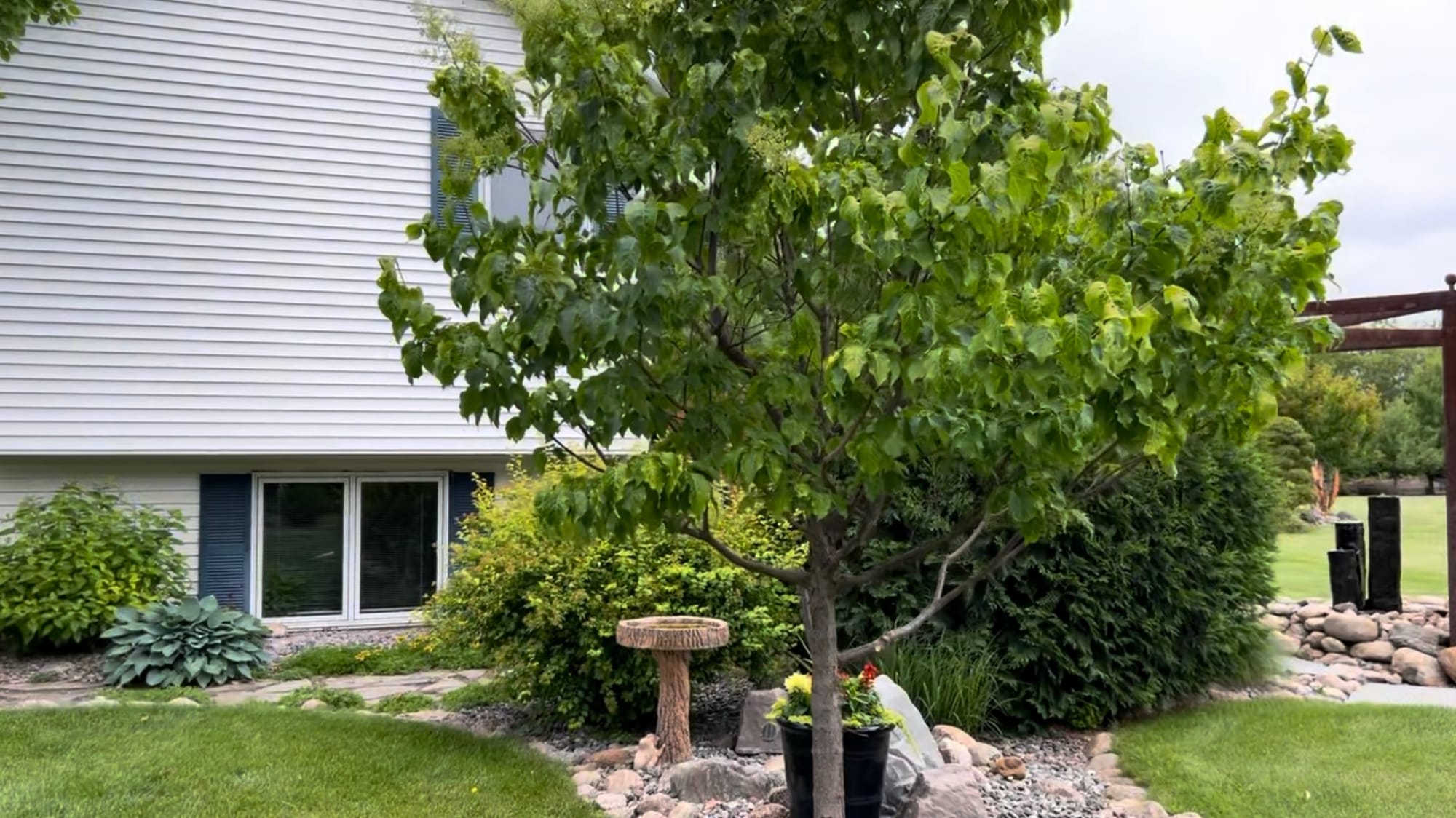
One of the main reasons I like to lift up the lower branches on this species is due to their interesting branch structure as well as the characteristic and unique bark that they have, with that reddish brown color and the prominent horizontal white lenticels. The bark and the branching structure are great reasons for growing Japanese Lilacs, as they have almost a Bonsai feel to them. I should probably mention the flowers too!
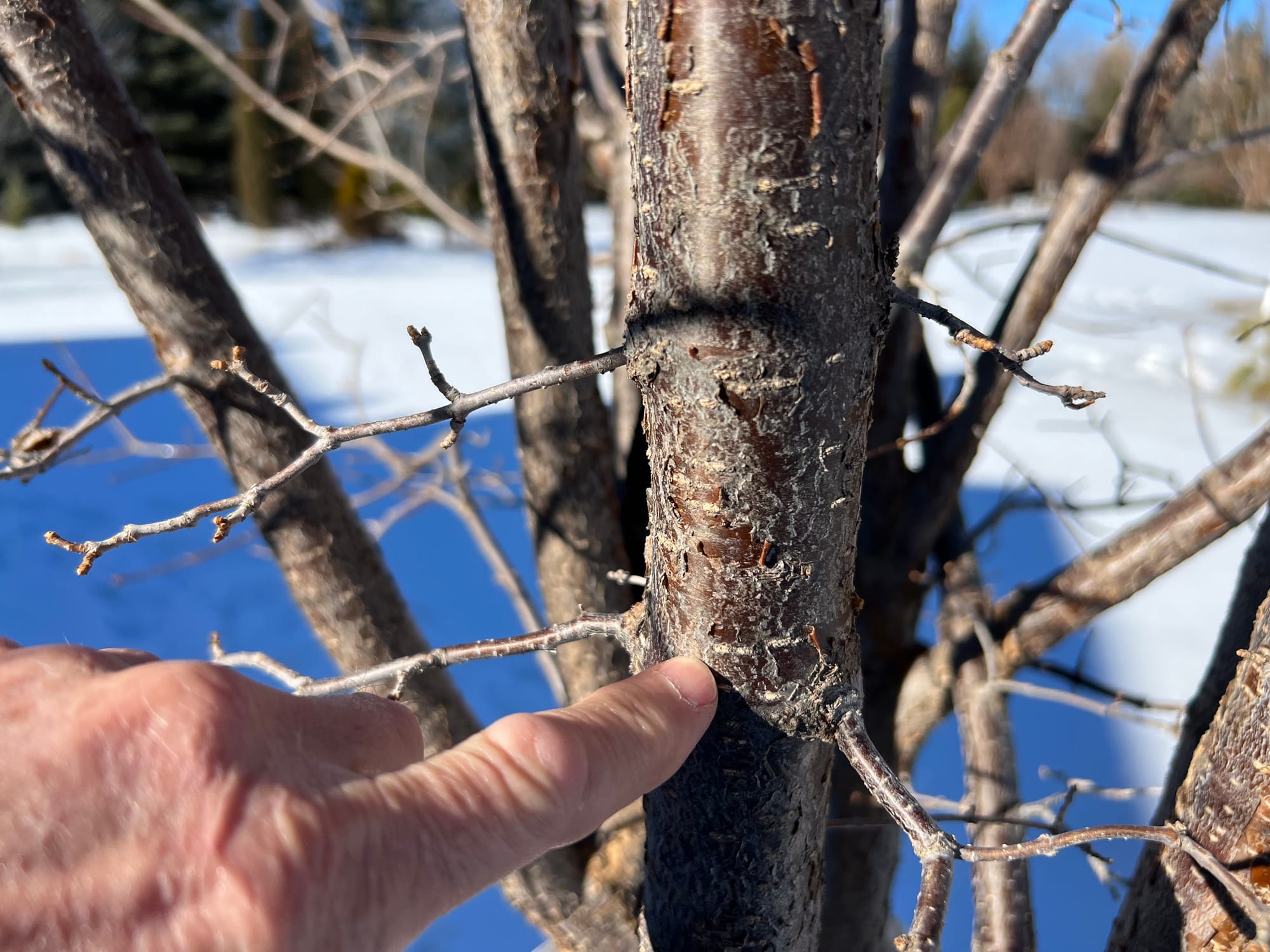
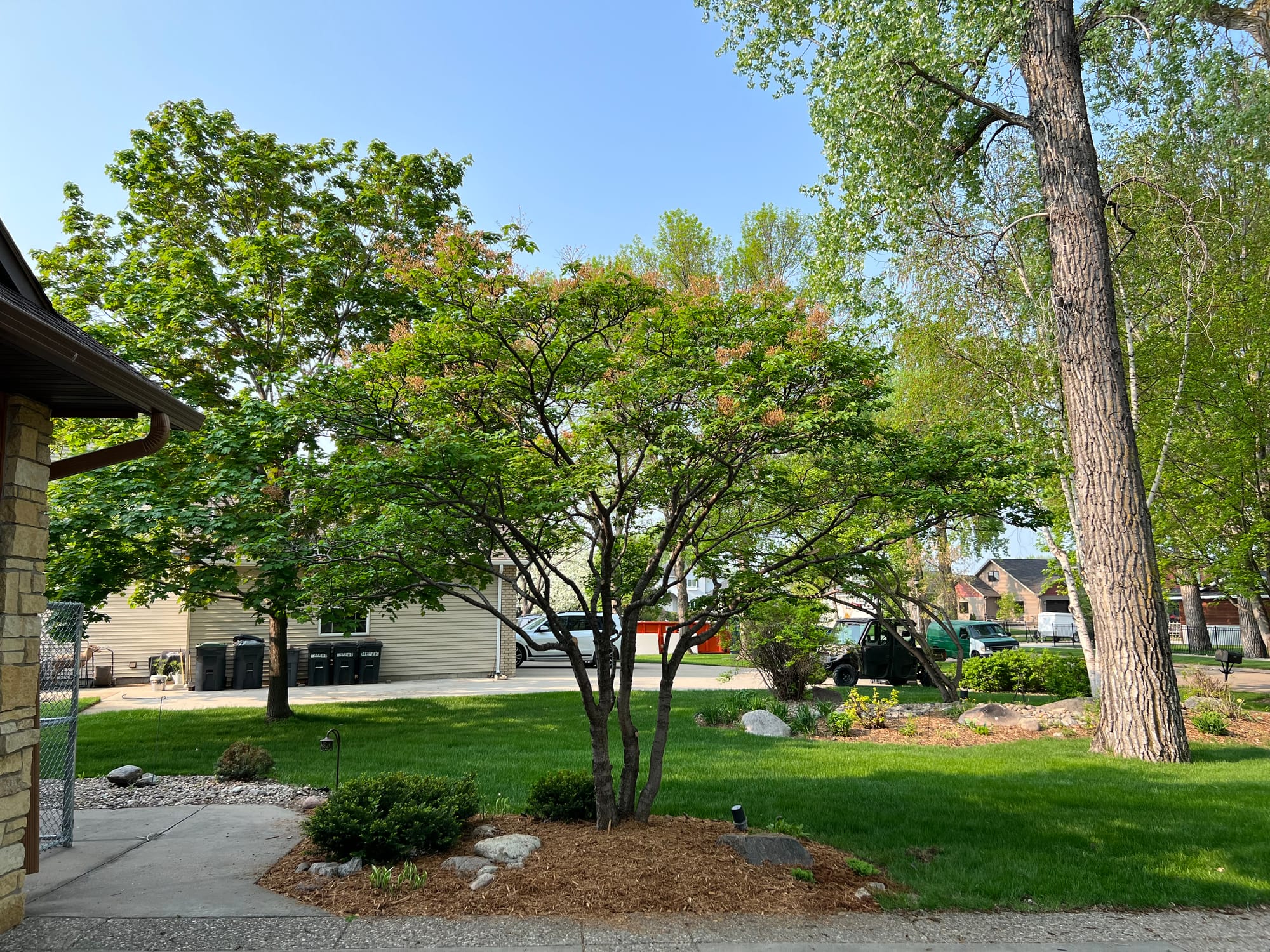
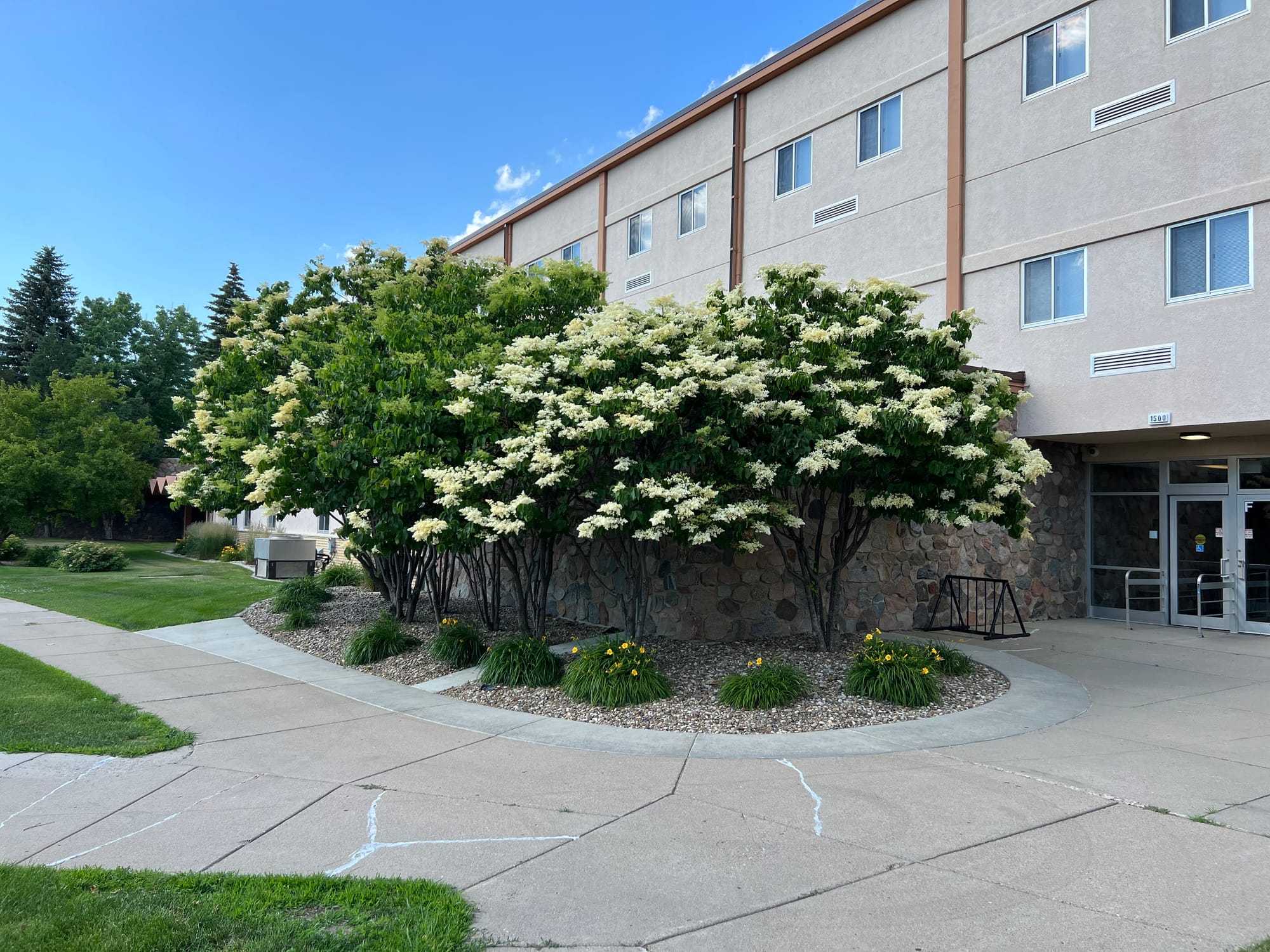
Here’s another example of a group of three Japanese Tree Lilacs with many lower branches giving them a shrubby look. Leaving them shrubby is okay, but I enjoy them most when ornamental branching is exposed. The video here looks at several other Japanese Tree Lilac varieties if you are interested in this species.
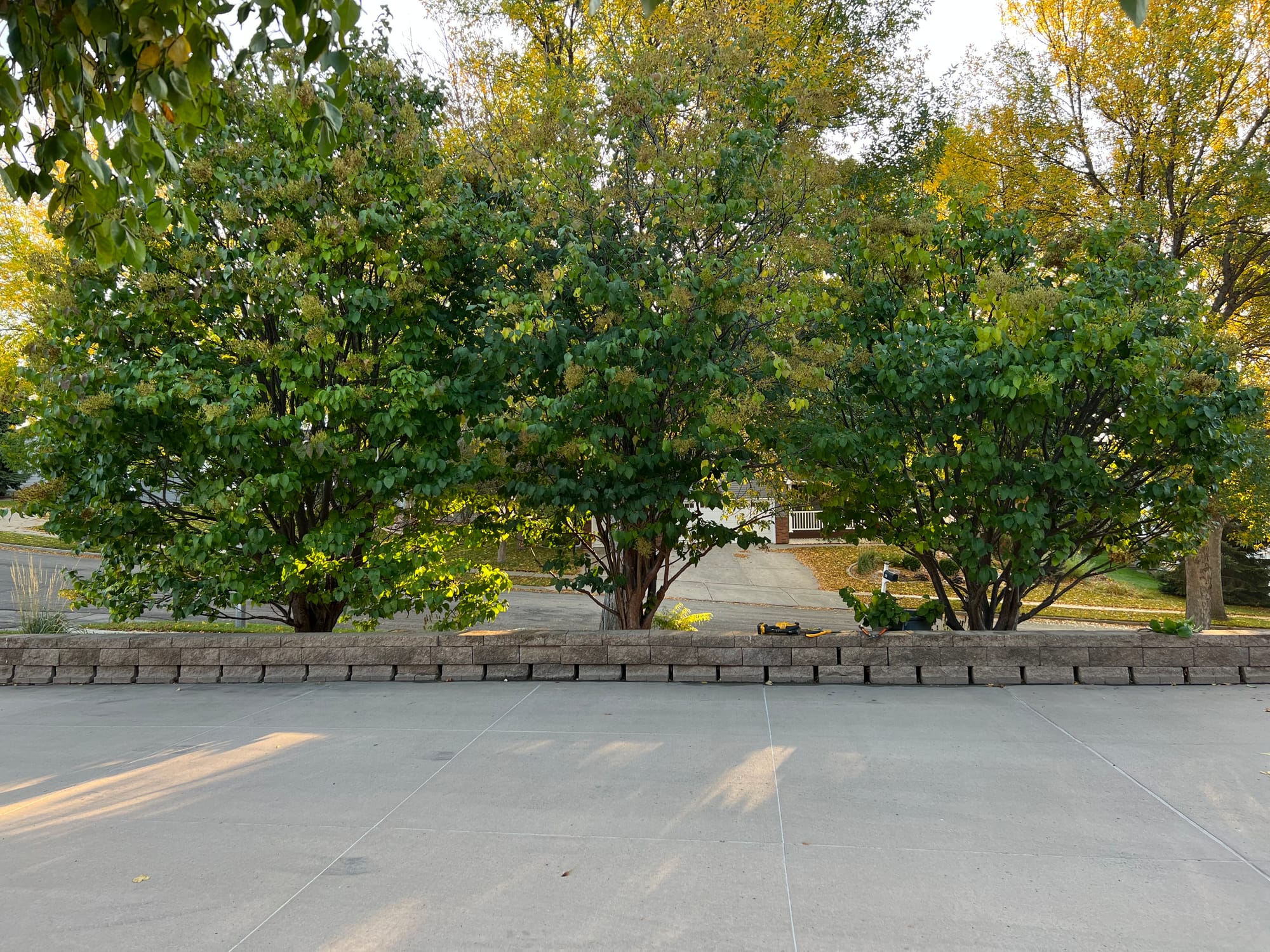
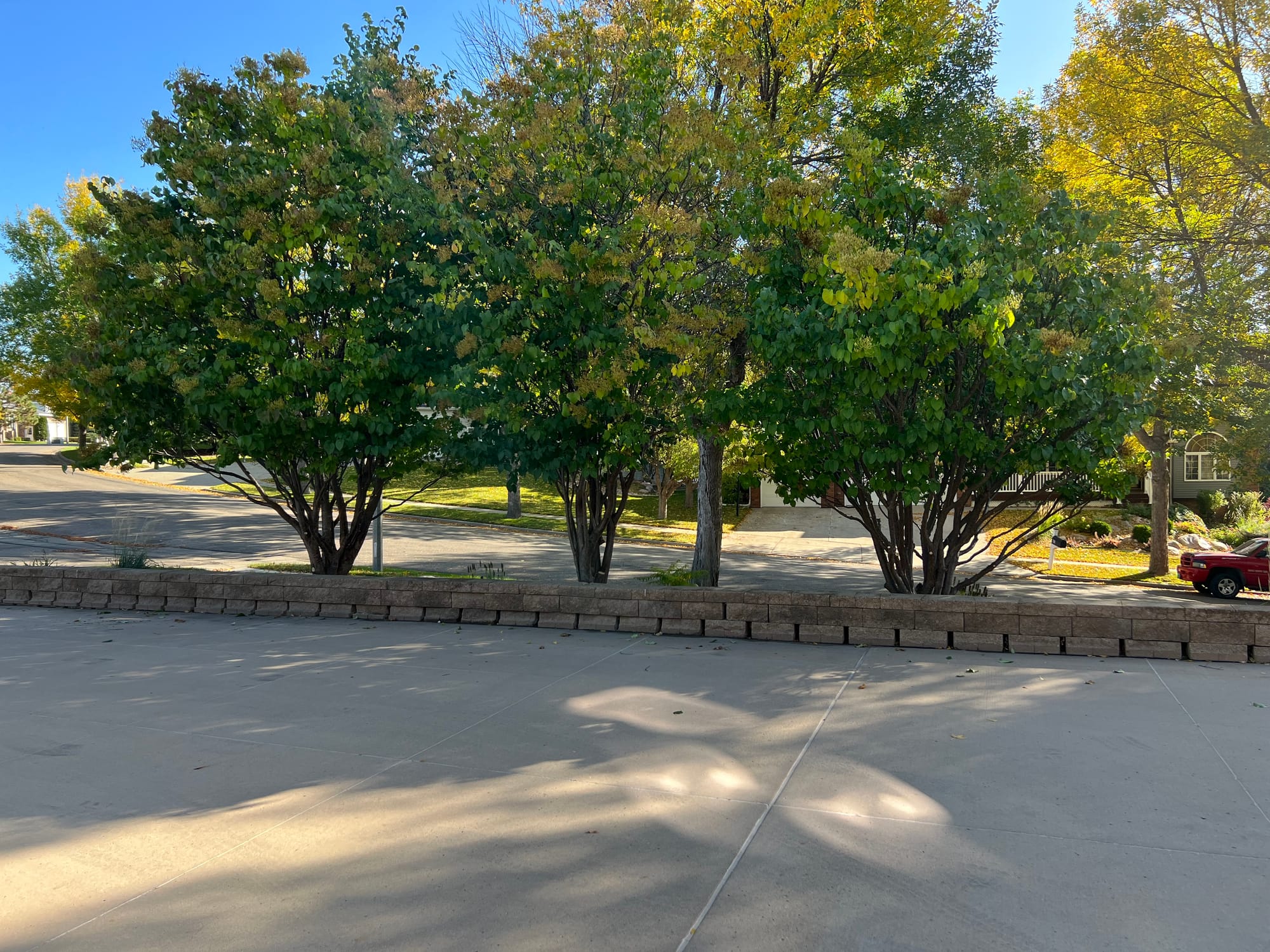
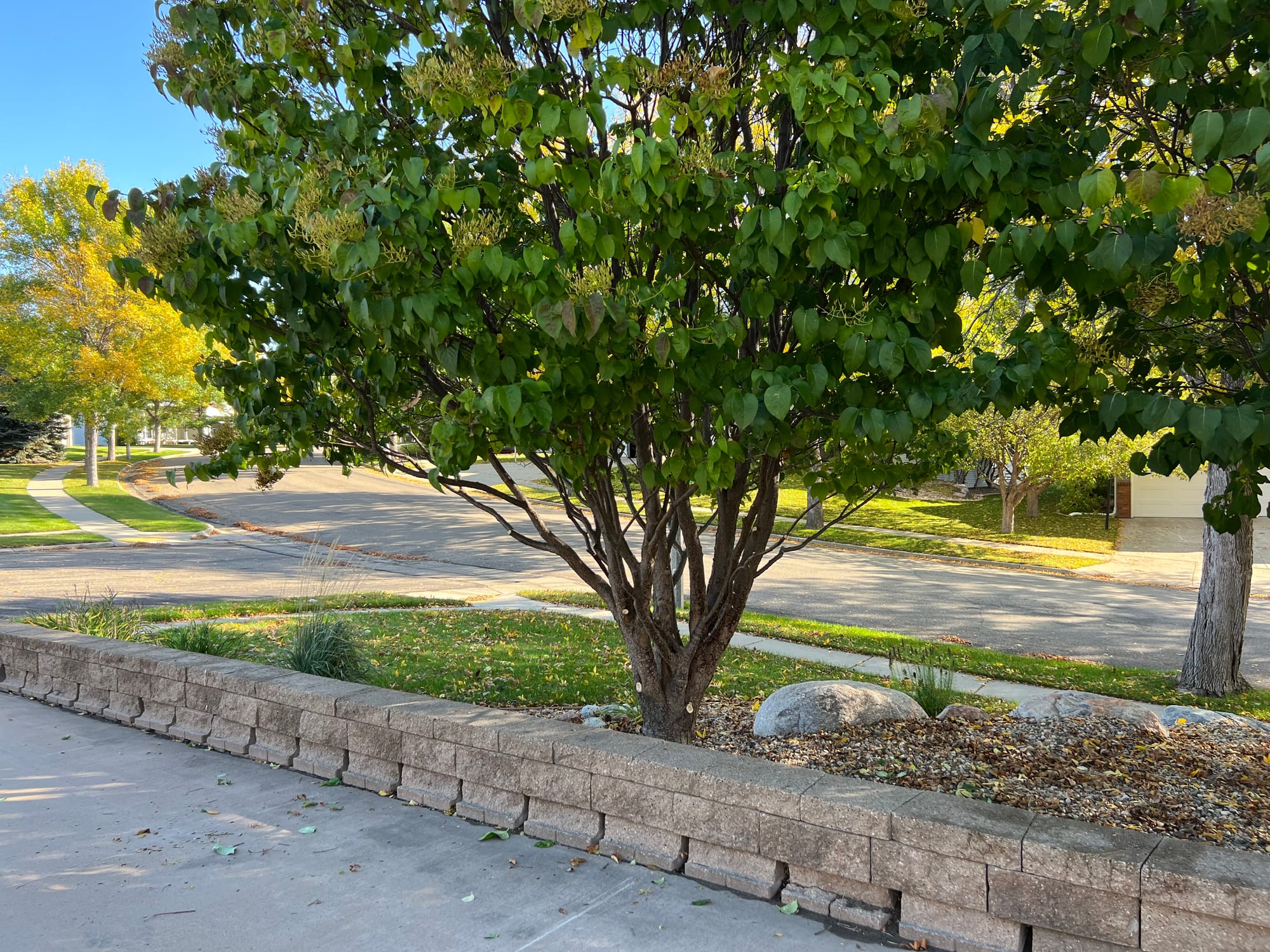
Japanese Tree Lilac - Before and After Pruning
Hoops Blue Spruce, Picea pungens 'Hoopsii', Zone 2-8
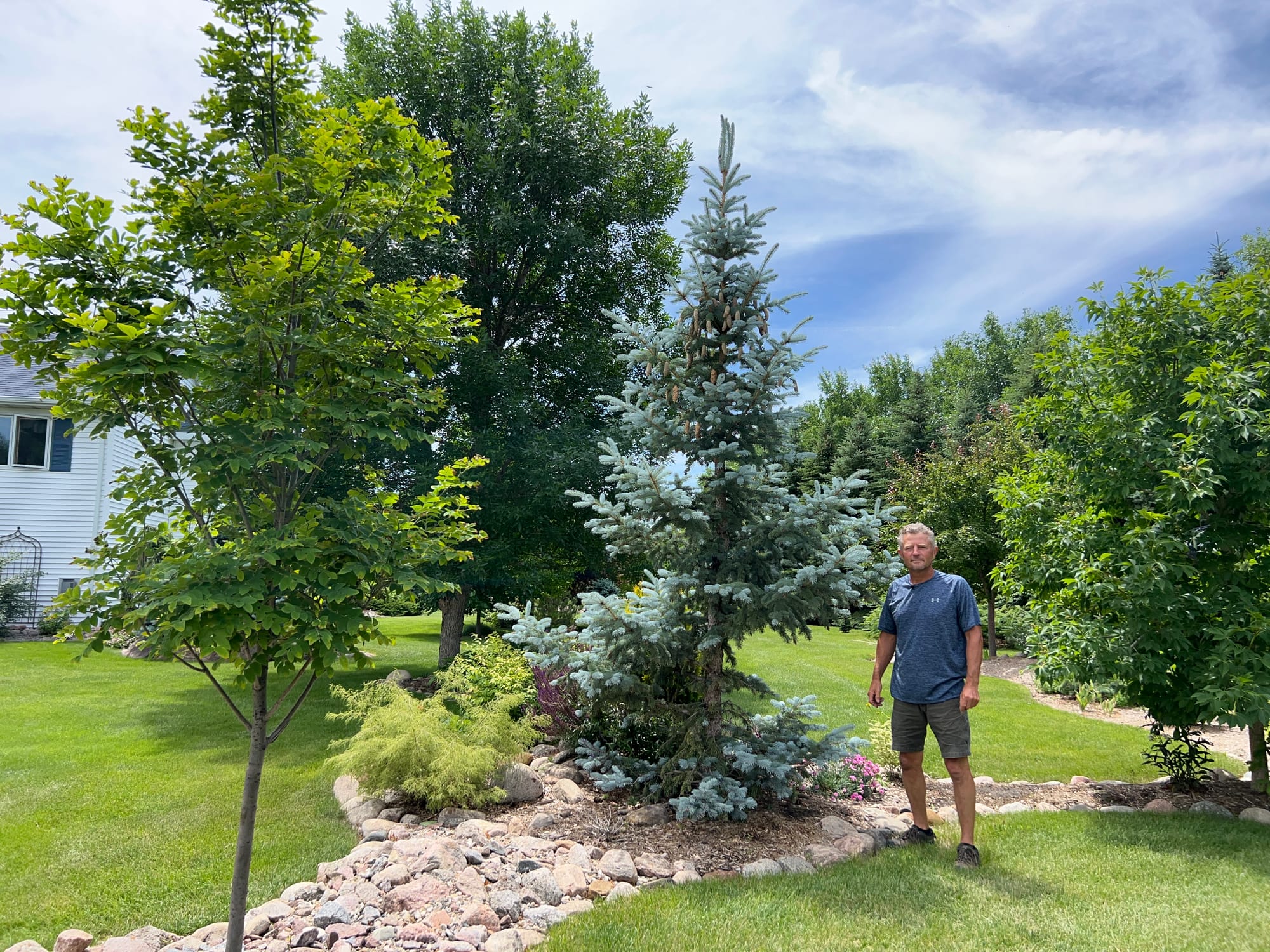
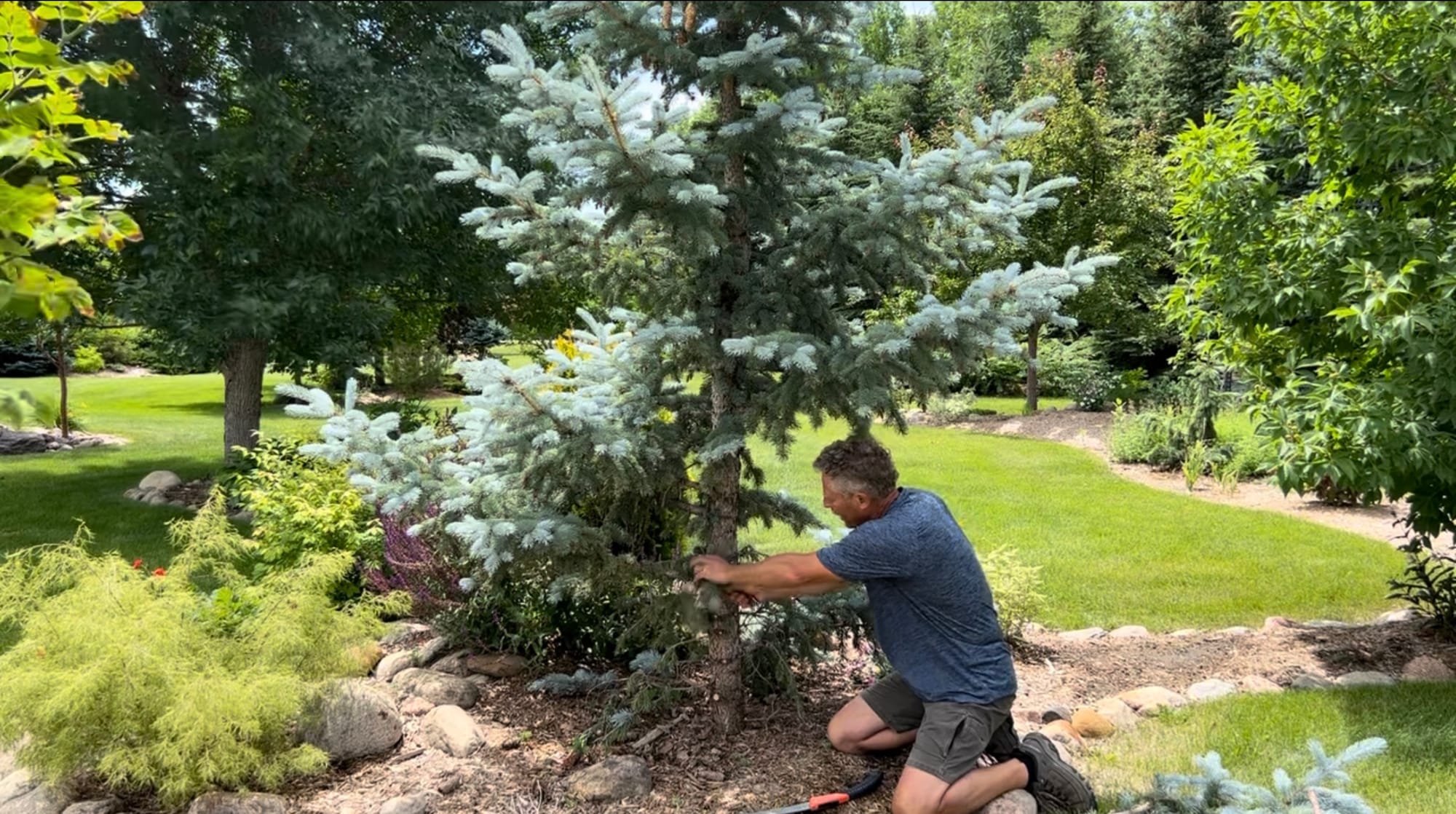
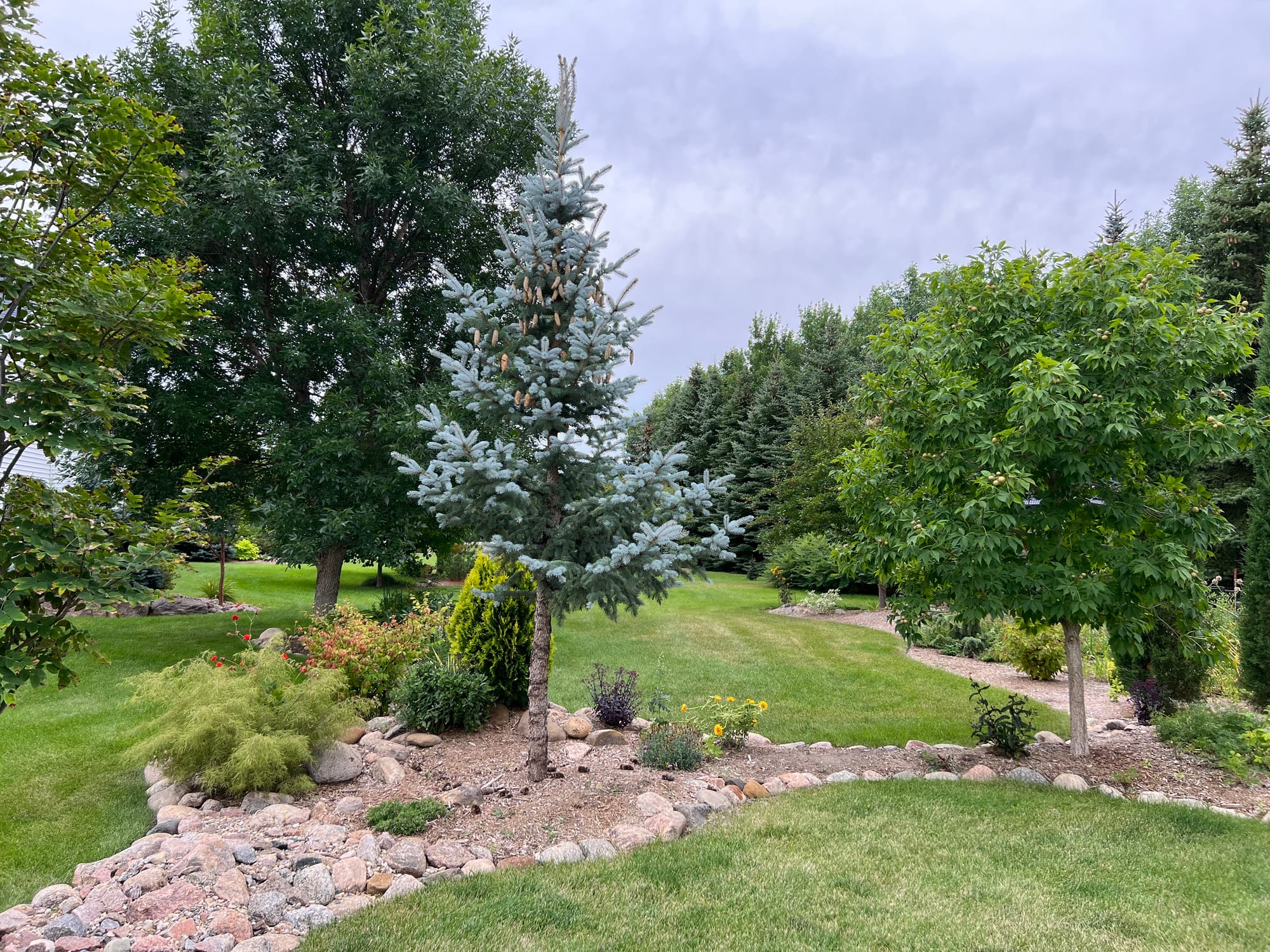
Hoops Blue Spruce
I hesitated for quite a while to do this pruning job. Generally, with the spruce and pines, I’m going to almost always opt for their natural form, keeping those branches draping near the ground, but it was just too close to a few other plants, so I decided to prune up the lower limbs, and I like how it turned out. But I’m not going to make a habit of it. Except for this Big Berta White Spruce!
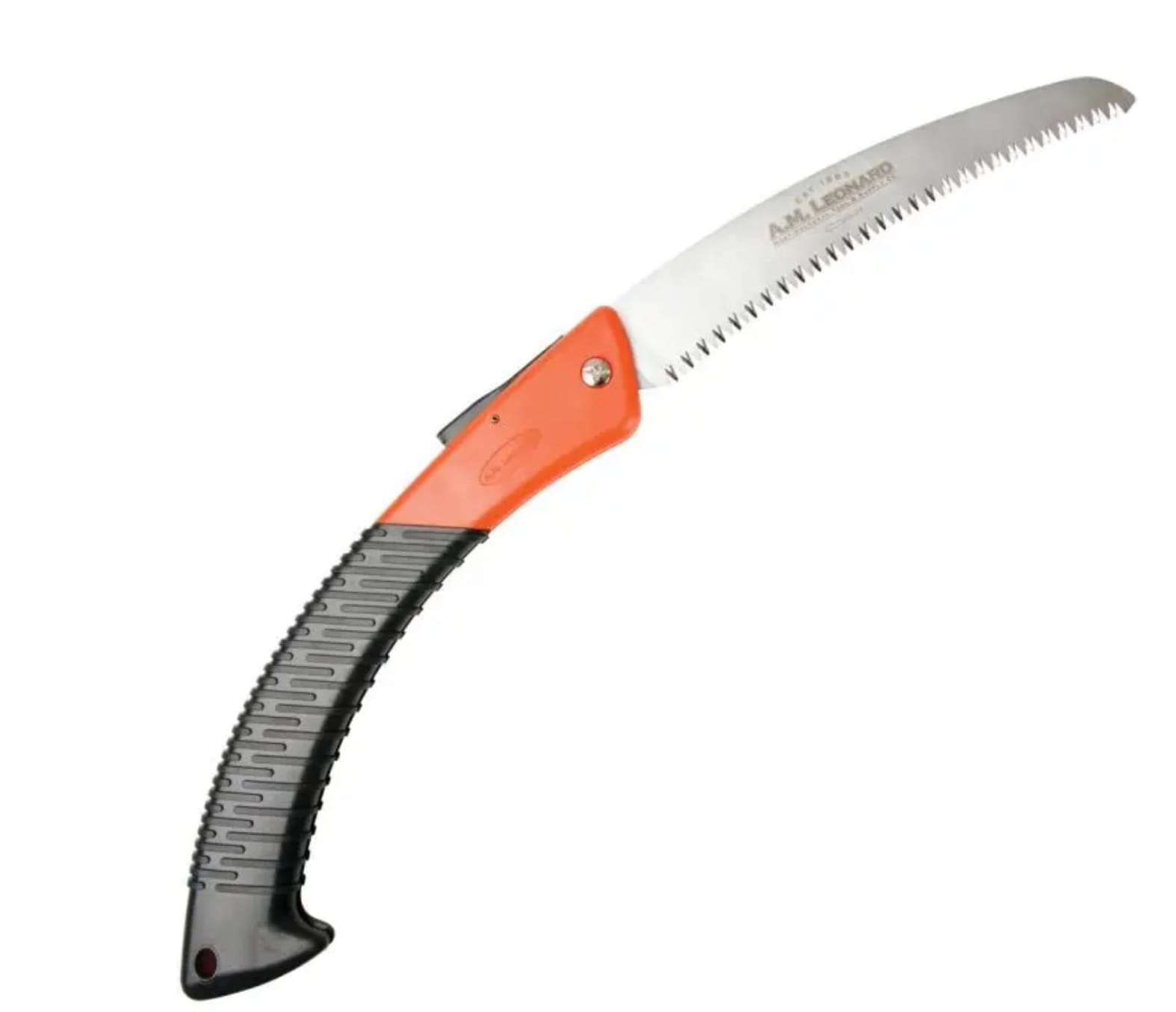
Tri-Edge Folding Saw 9-1/2IN Blade
Delivers clean cuts fast and then folds away for safety
Garden Hike is supported by its audience. When you purchase through links on this site, we may earn a small commission at no additional charge to you.
Big Berta White Spruce, Picea pungens’ Big Berta’, Zone 2
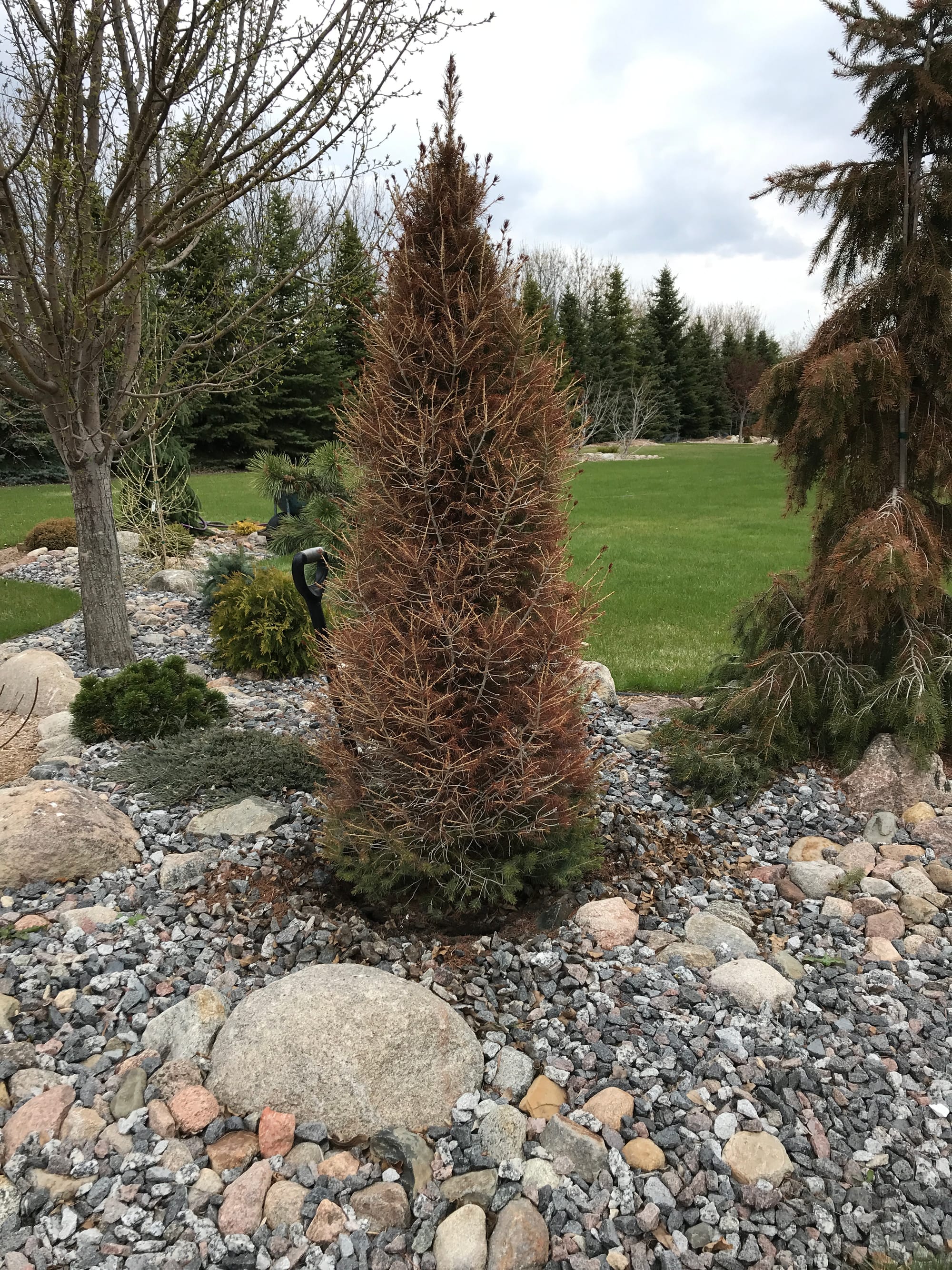
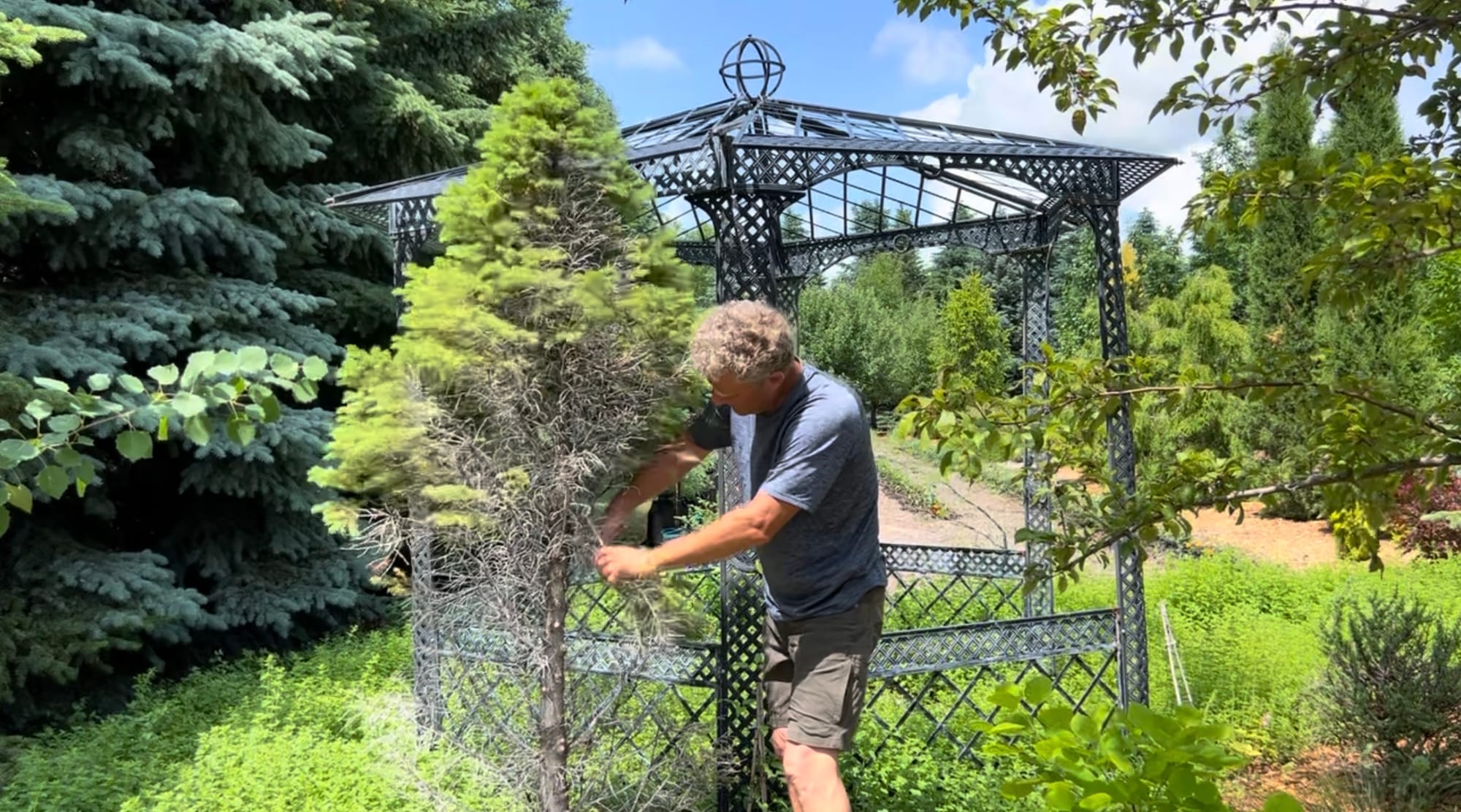
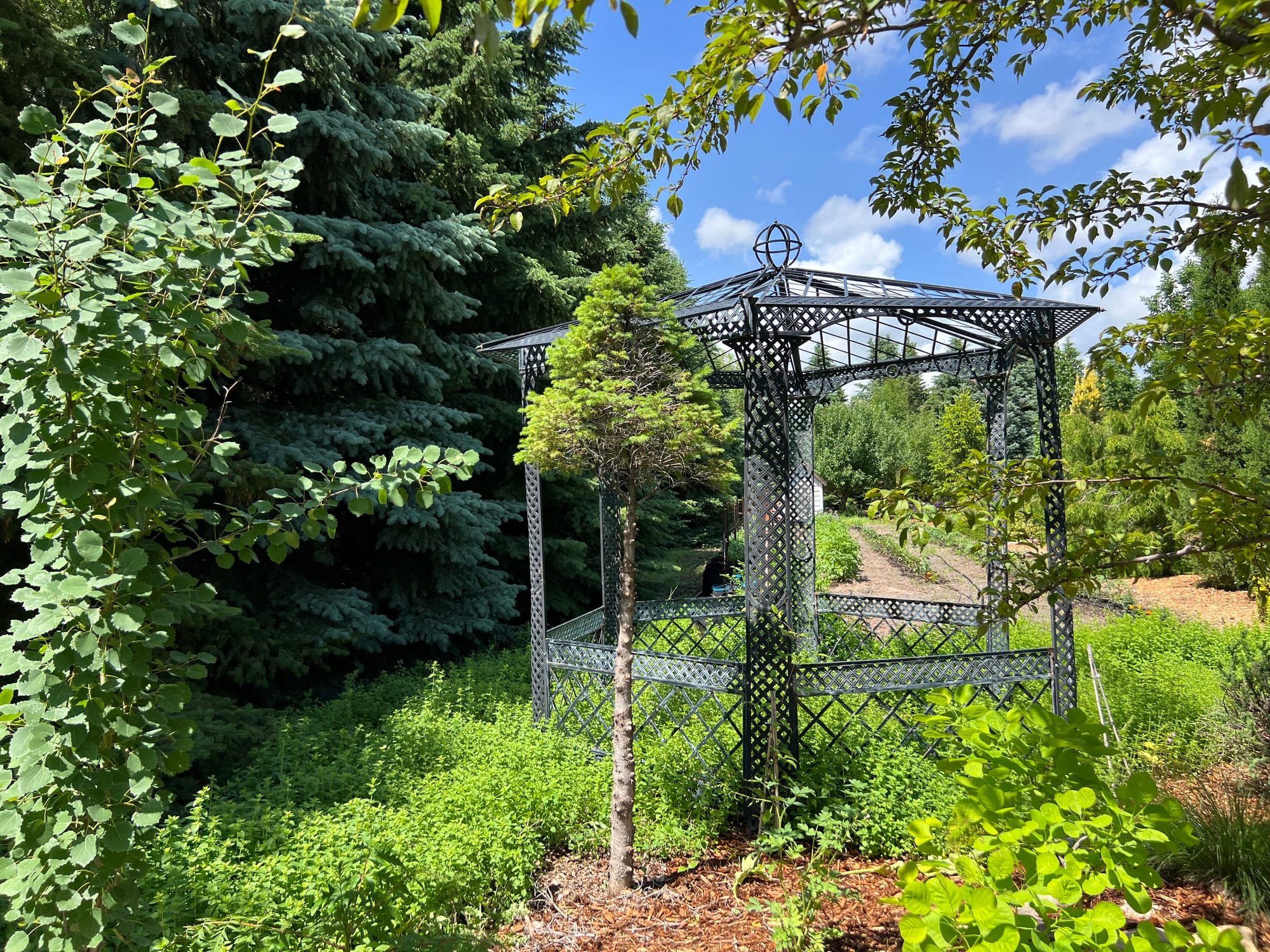
Big Berta White Spruce - Dr. Seuss Collection
I planted this in one of my conifer gardens with a south exposure, and it burned up two winters in a row. So I decided to transplant it to this location by one of our gazebos. It seemed to be doing a little better here, but then, one spring, the branches were dead almost all the way to the top. So why not? It’s in an out-of-the-way location, just for fun. It makes me laugh when I see it now. So that’s one for our Dr. Seuss collection. I’m not sure why I had trouble establishing this variety, as there is one only a couple of miles from me doing excellent.
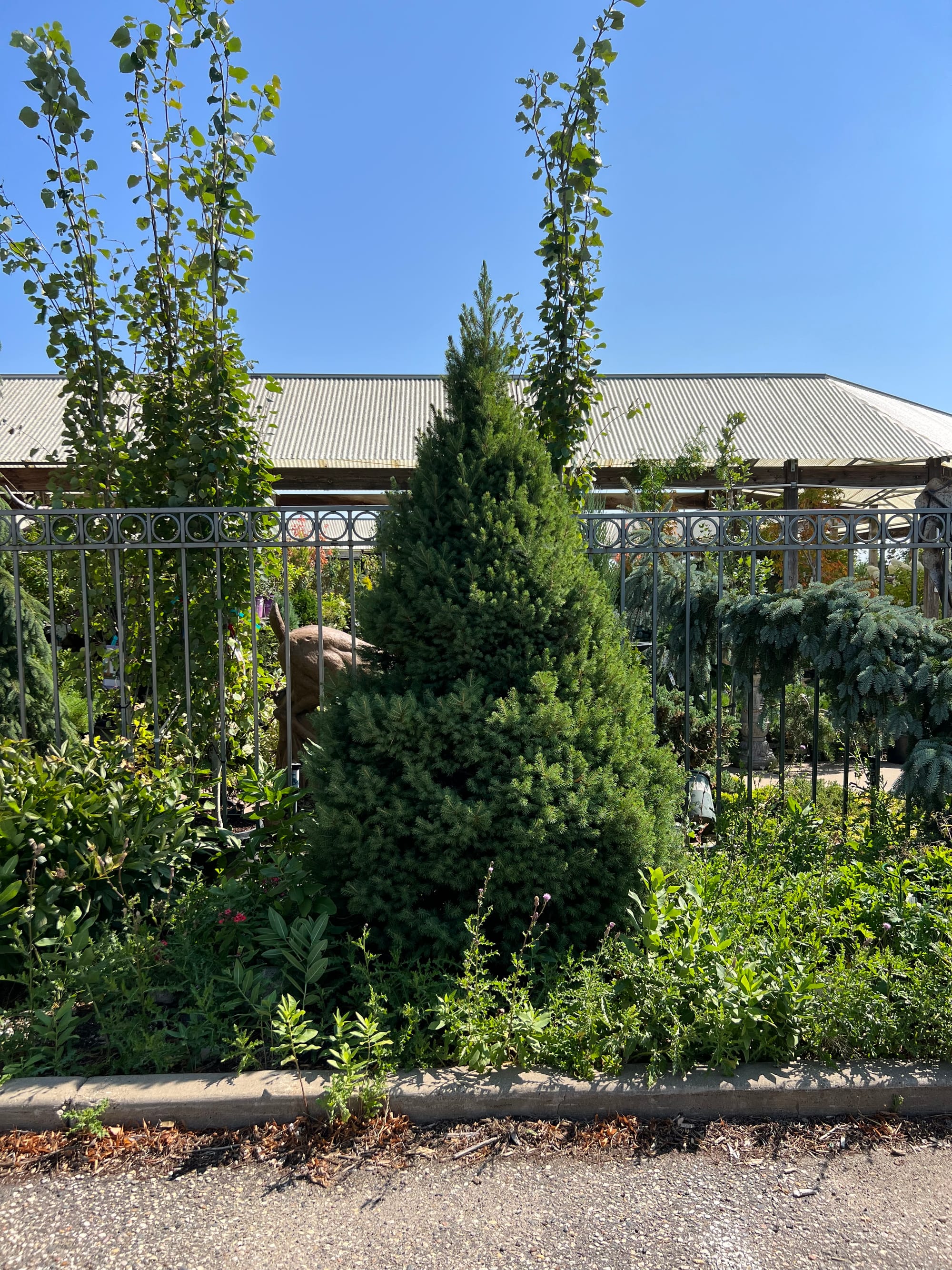
Prairie Horizon Manchurian Alder, Alnus hirsuta 'Harbin', Zone 3
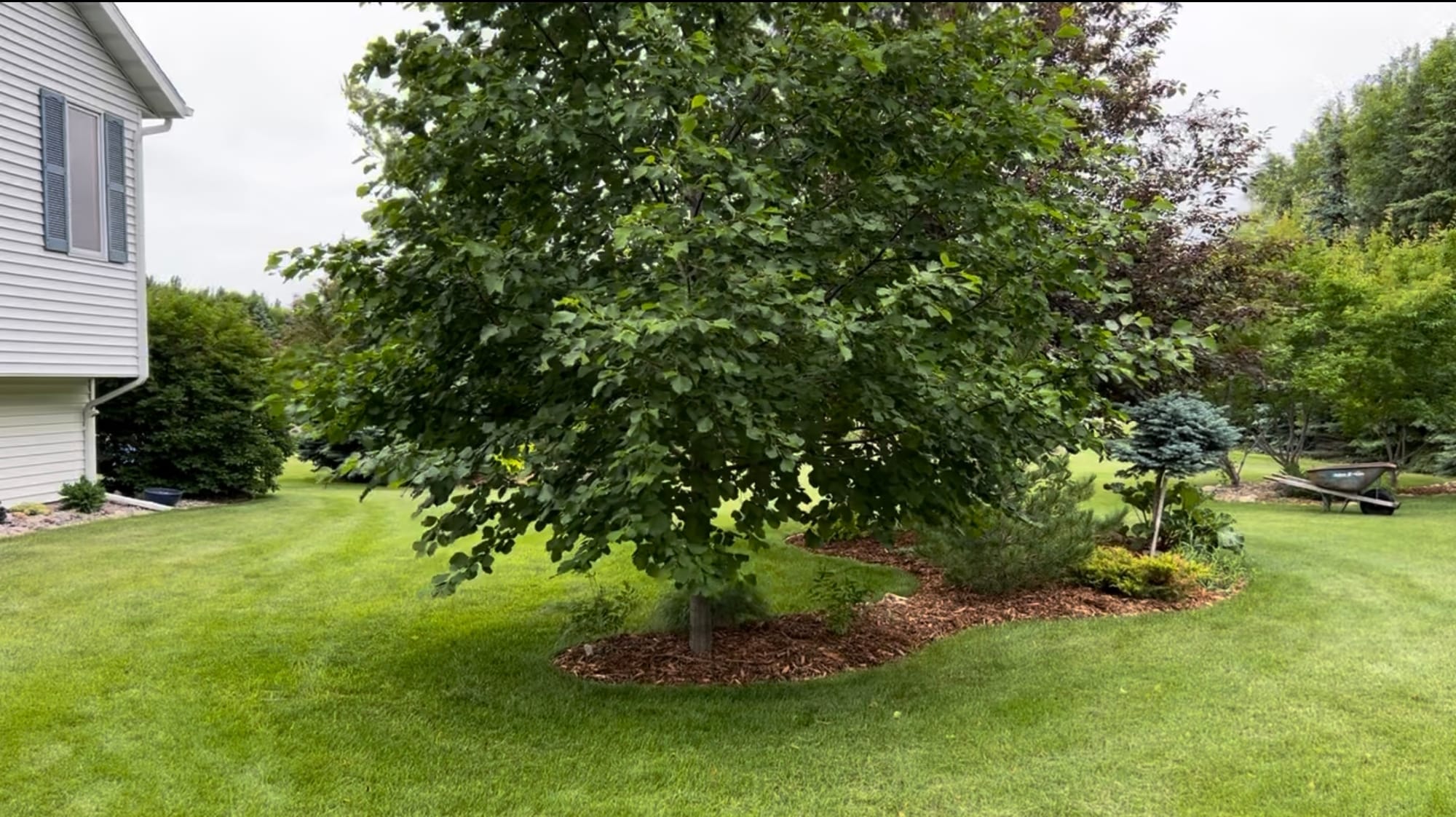
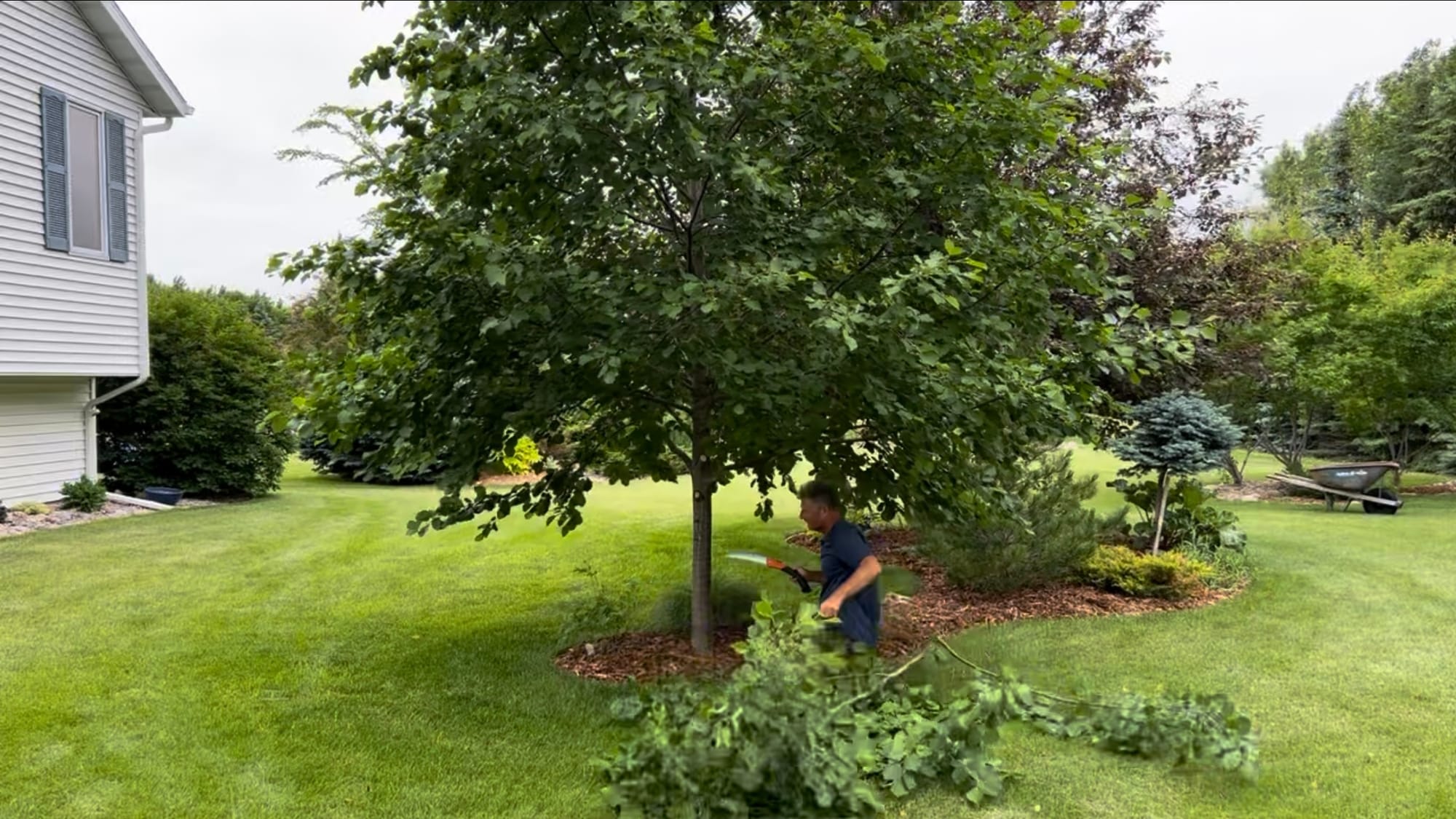
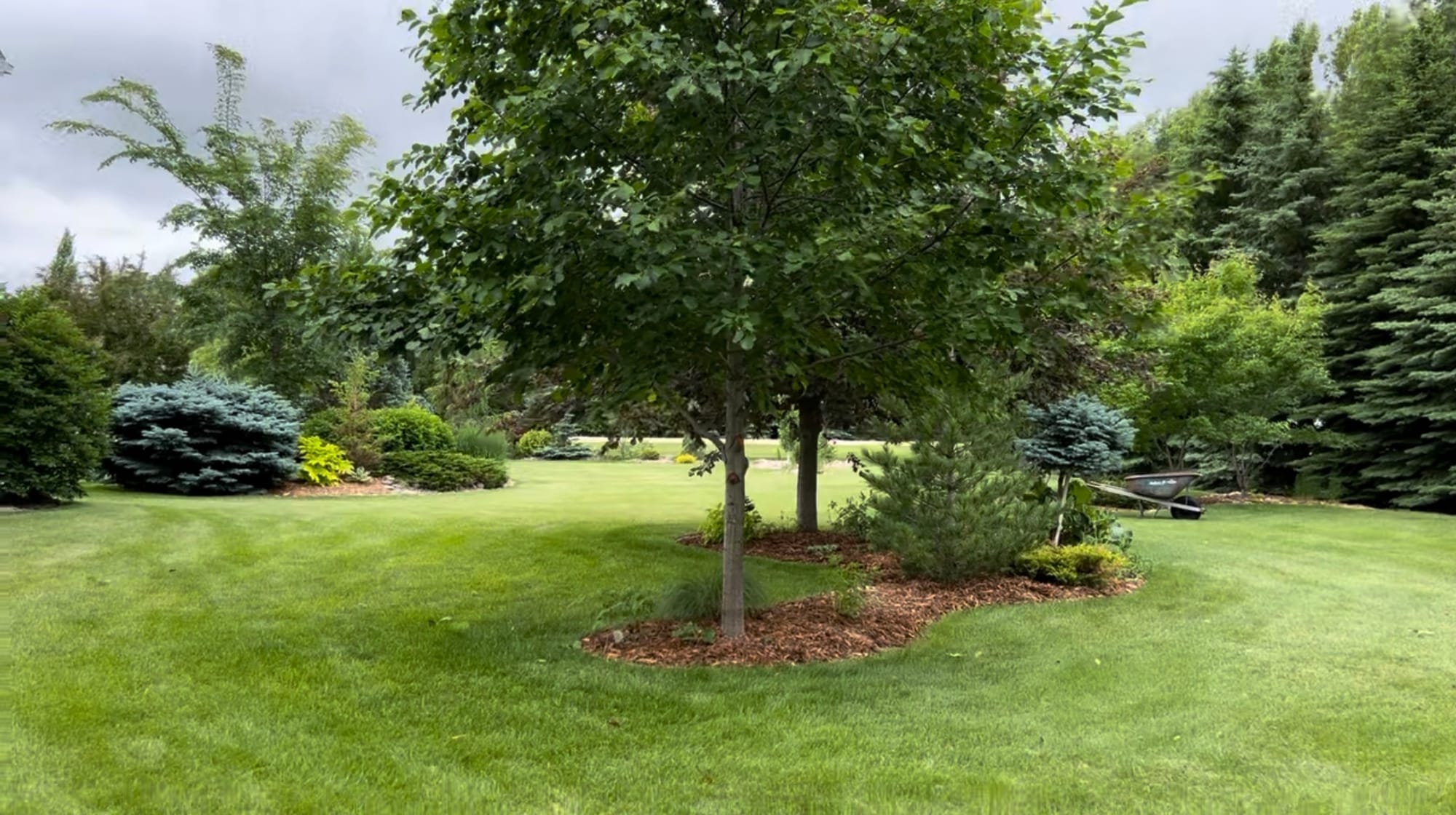
Prairie Horizon Manchurian Alder
The Prairie Horizon Alder is a fast grower and becomes shrubby quickly. That new growth is a soft wood that bends down rapidly, so this will be an annual event now, keeping those lower limbs trimmed up. One of the great things about this Alder is its tolerance to our dry prairie conditions, but it also does well in wet locations and will grow in sun as well as tolerate shade. It also has some great winter interest with purple catkins and clusters of brown cone-like fruits. This tree was highlighted in a video I put together a while back which included a few other great medium-sized trees.
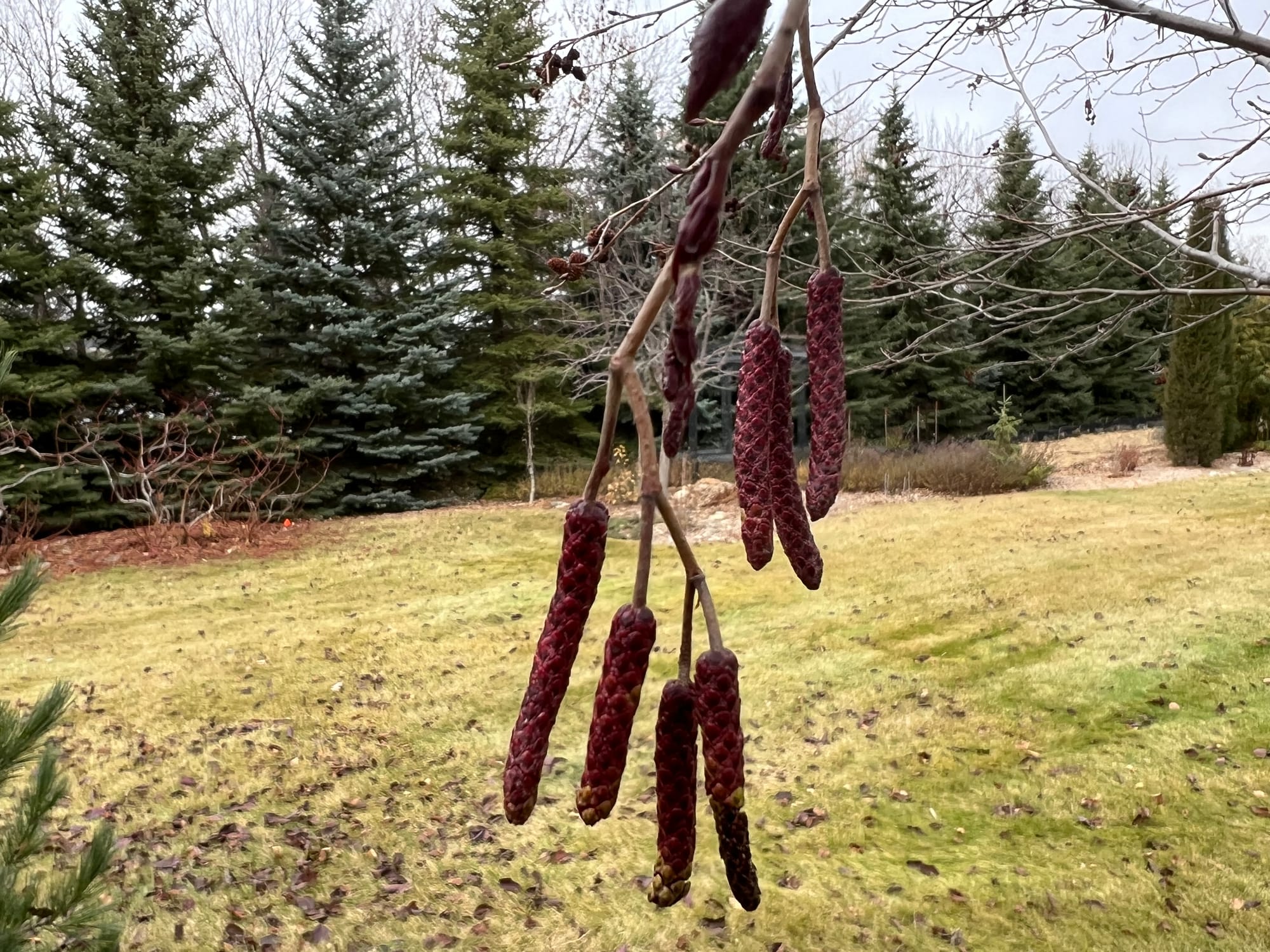
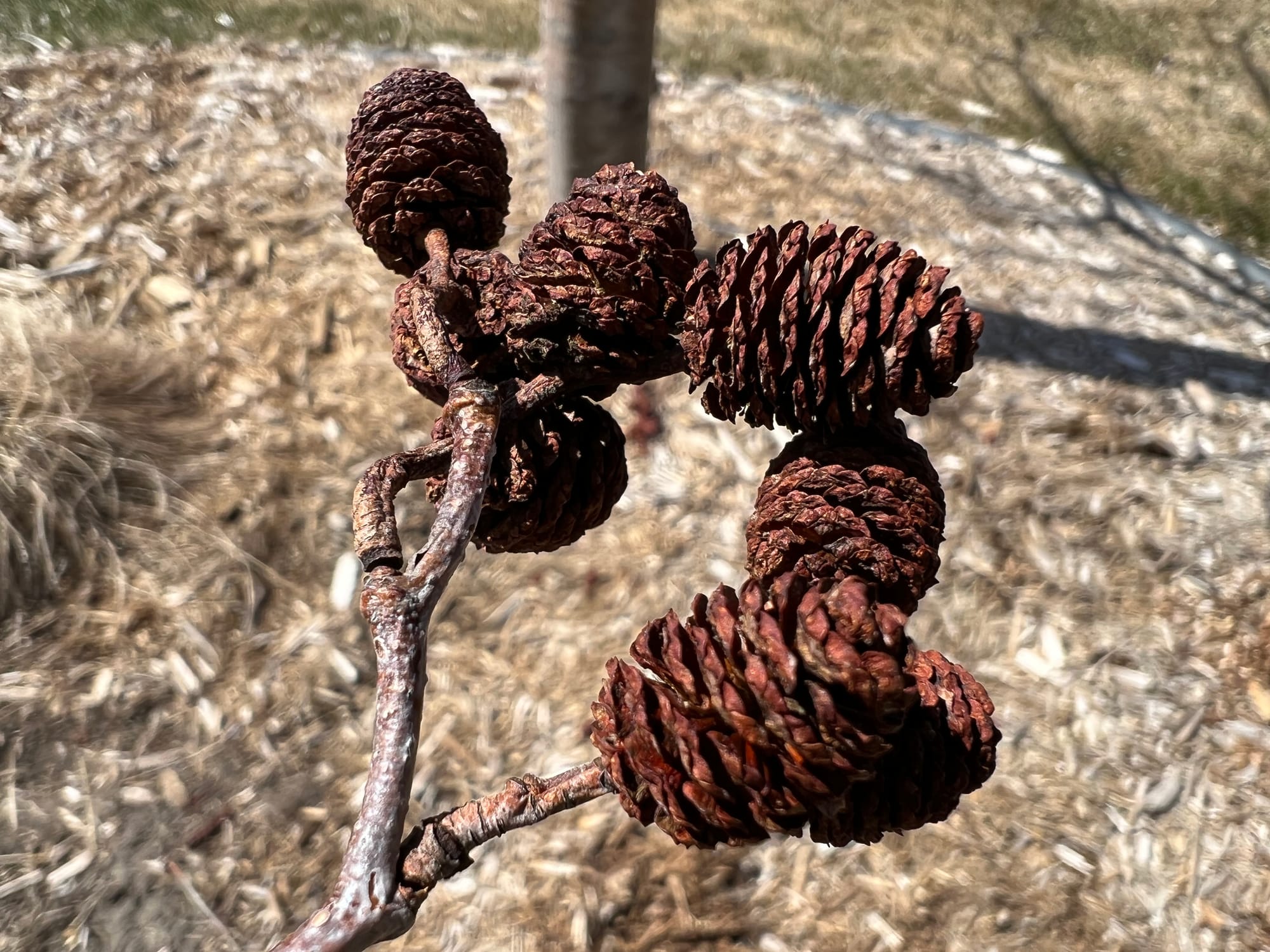
Catkins and Cone-like Clusters on Prairie Horizon Manchurian Alder
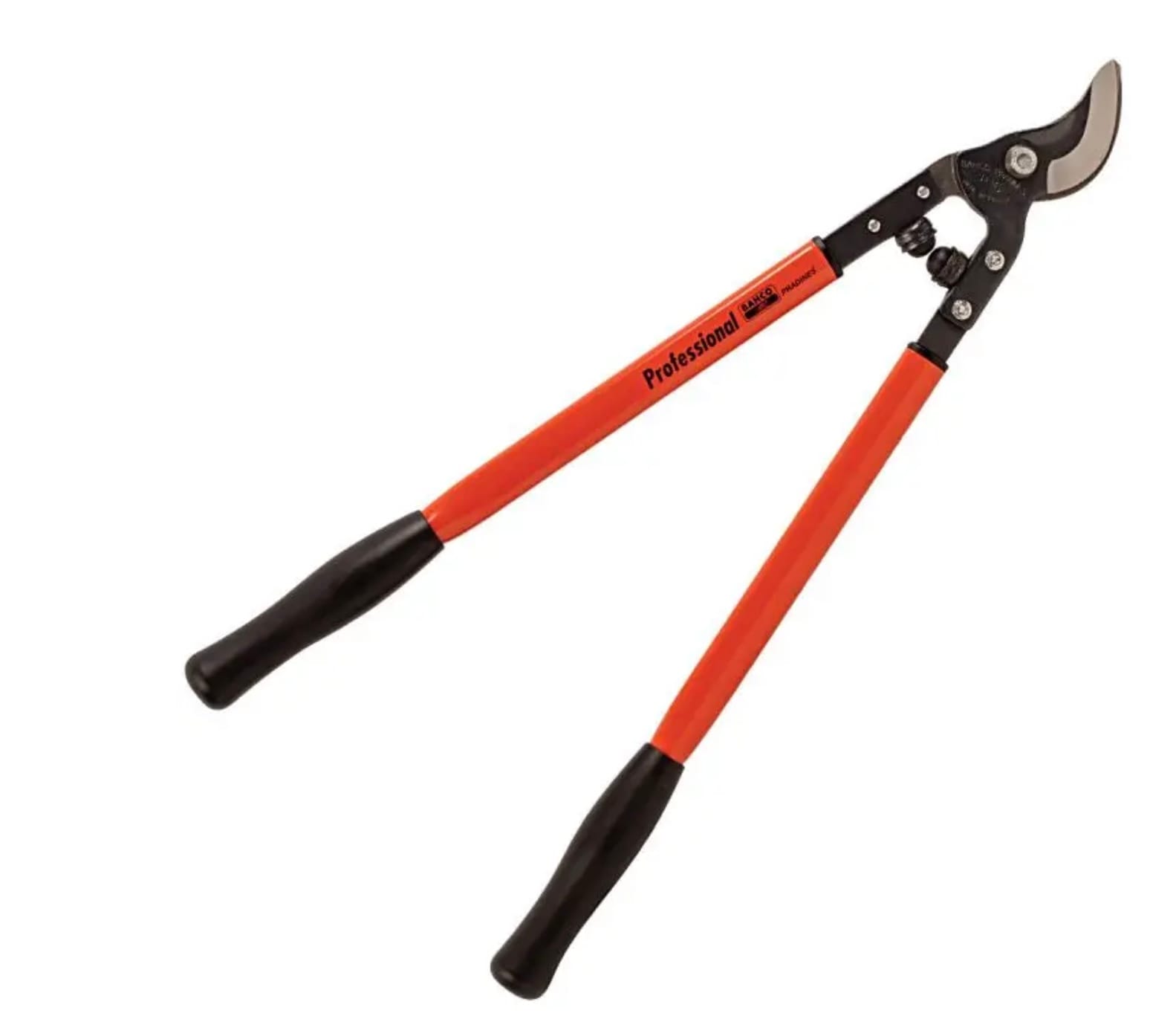
Bahco Loppers 1-1/4IN Cutting Capacity
Lightweight, well balanced and versatile
Flame Amur Maple, Acer ginnala ' Flame', Zone 2
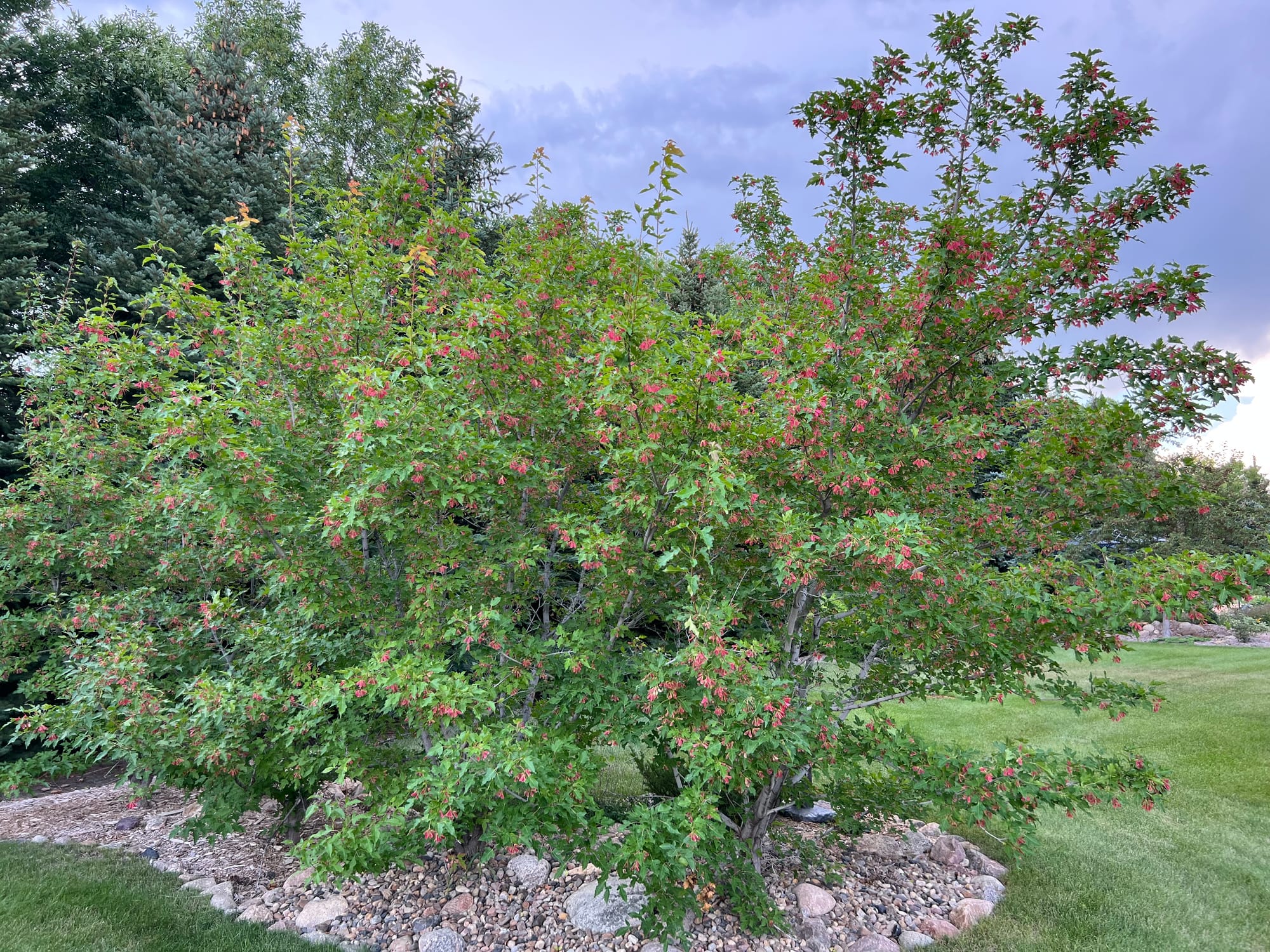

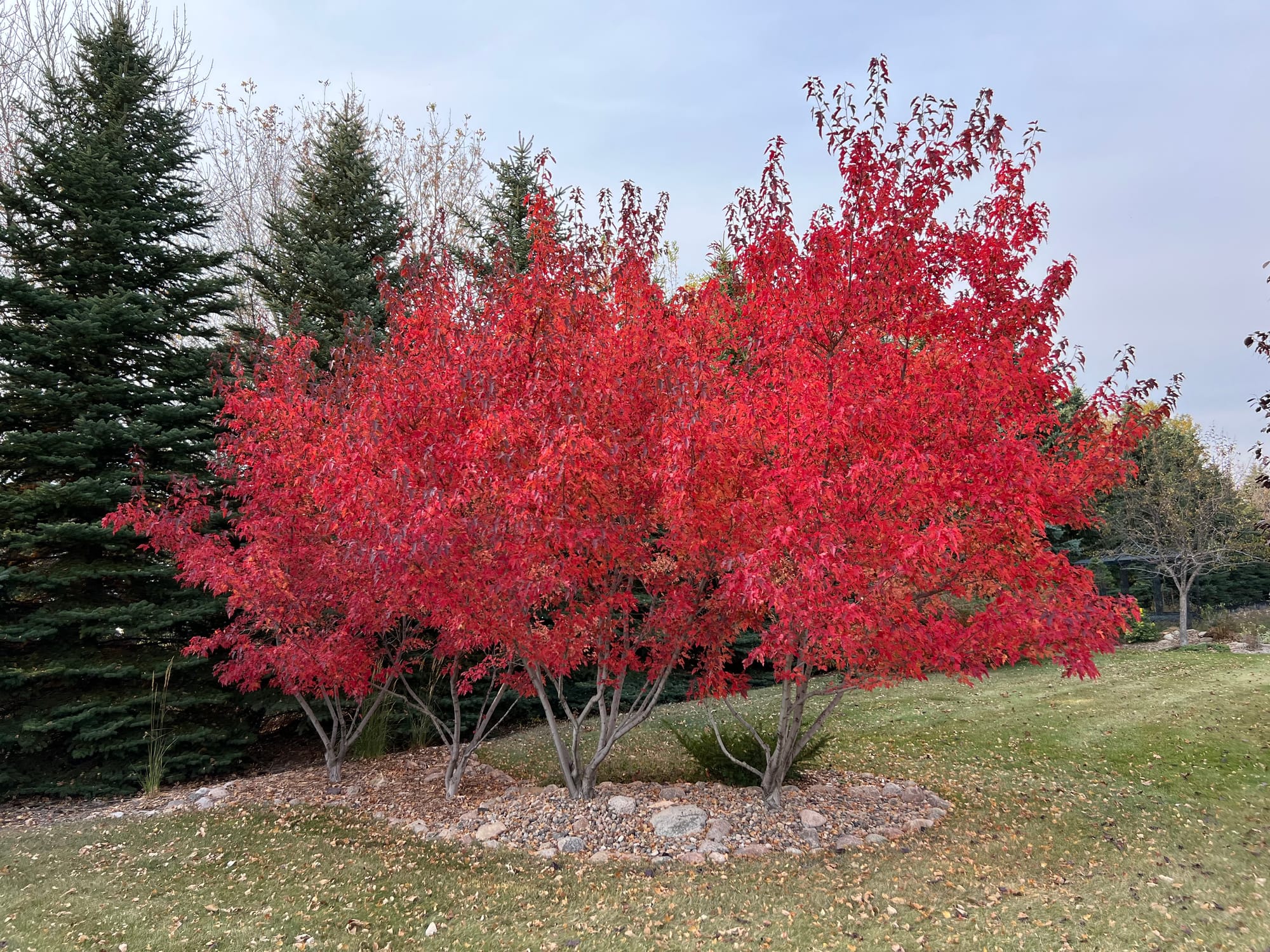
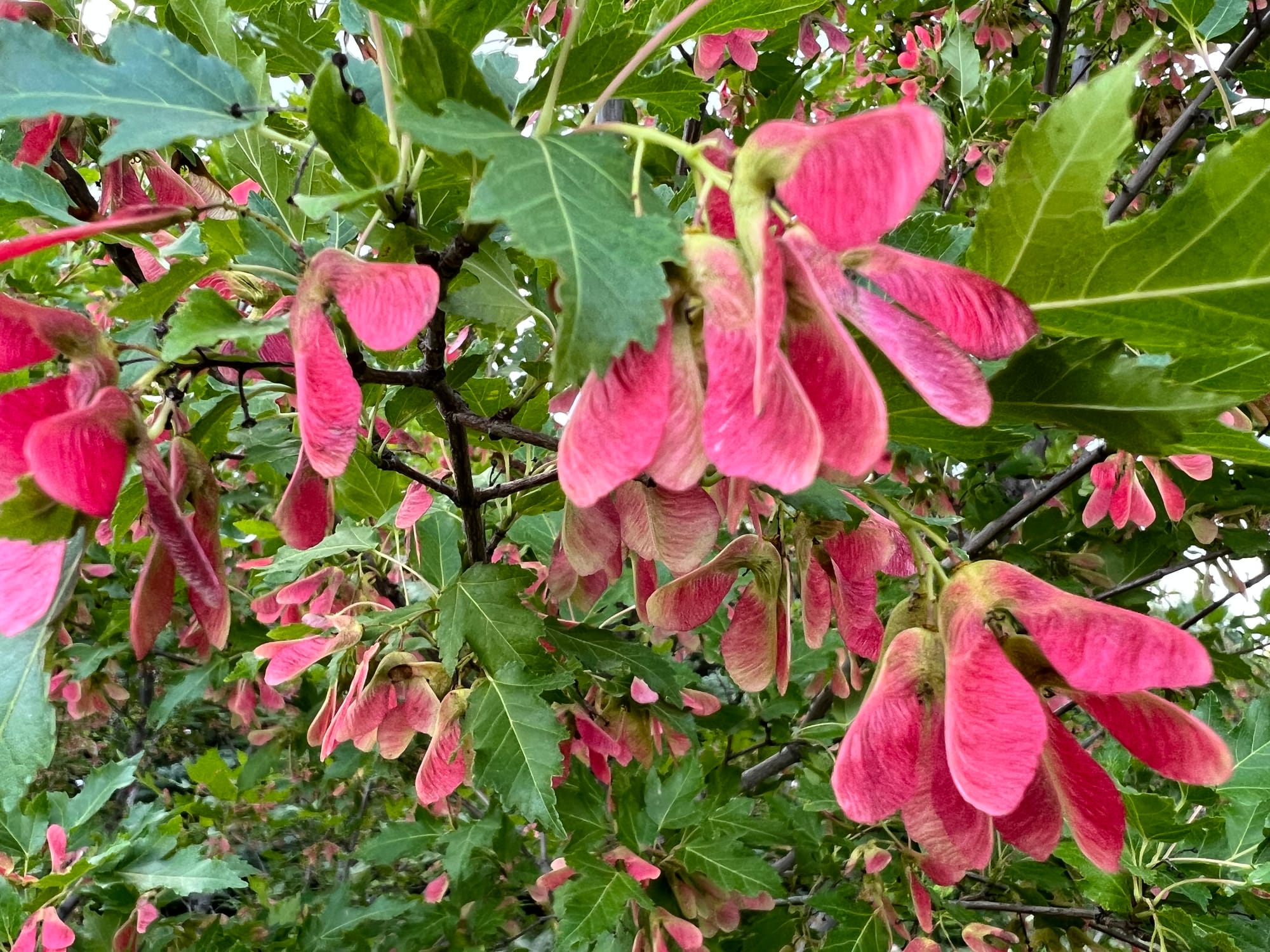
Flame Amur Maple, Acer ginnala 'Flame'
I did some major pruning on these lower branches a couple of years ago, and now it’s just a matter of pruning back the smaller sprouts each season to keep this effect. The Amur Maple group is another great one if you’re looking for that multi-trunk look with an interesting branching structure. The Flame Amur has an excellent fall color. It does have abundant seeds, so it can be invasive in certain areas. I love it primarily because of that fall color, but it also has excellent drought tolerance and is extremely hardy for our region. The Amur Maple group tends to have a wide growth habit and is much shorter than many maples with which we are familiar.
Green Ash, Fraxinus pennsylvanica, Zone 2
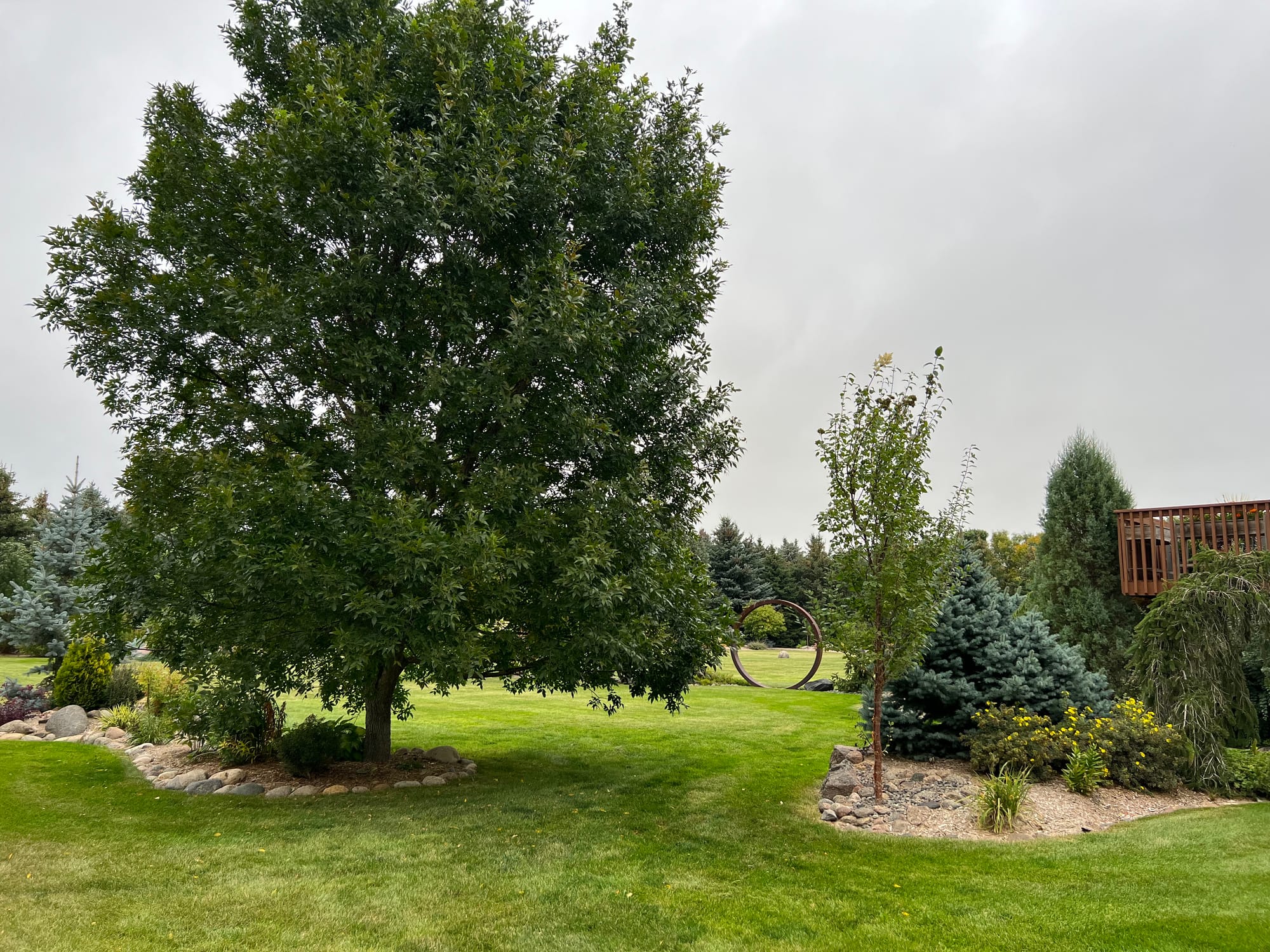
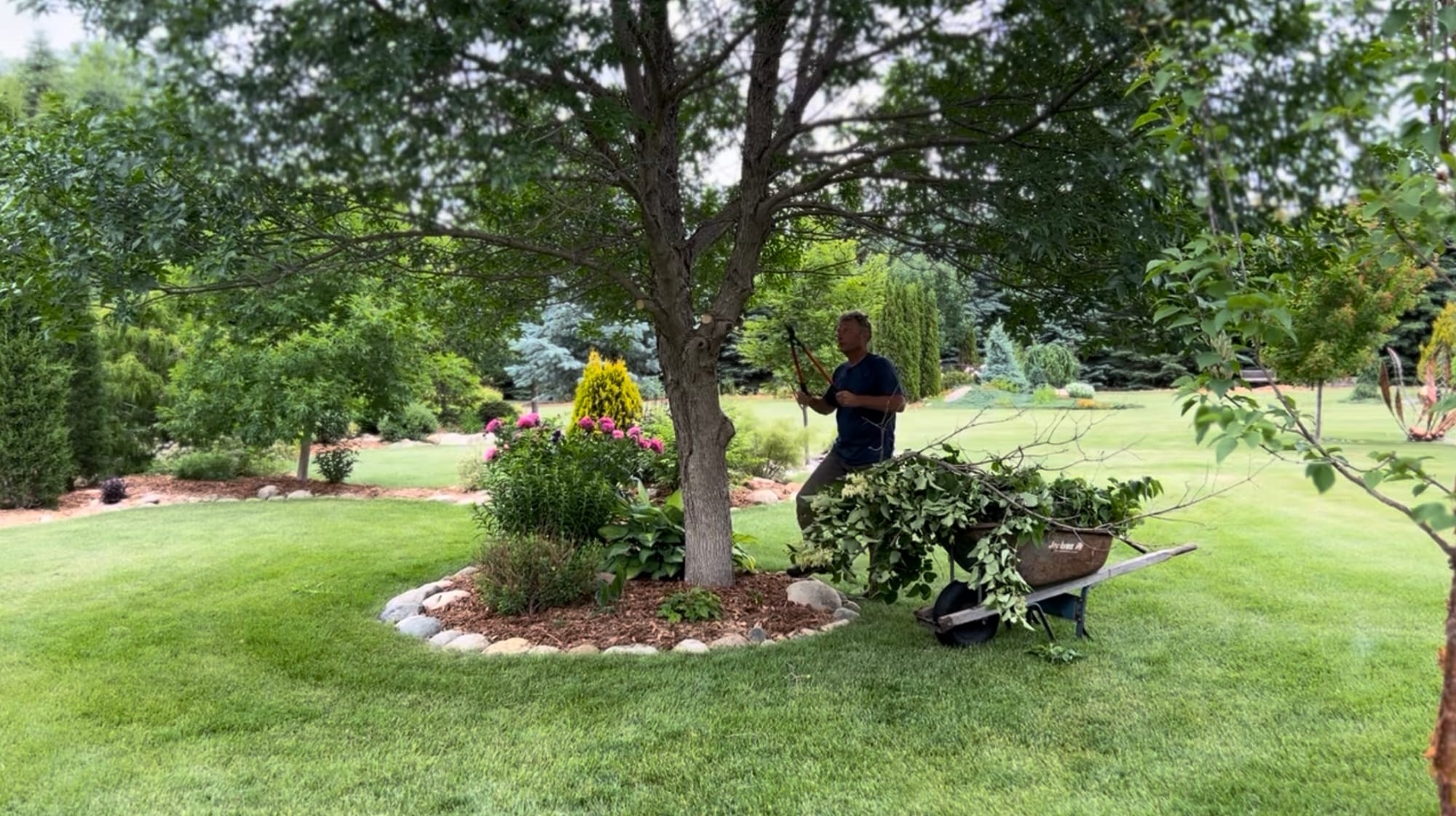
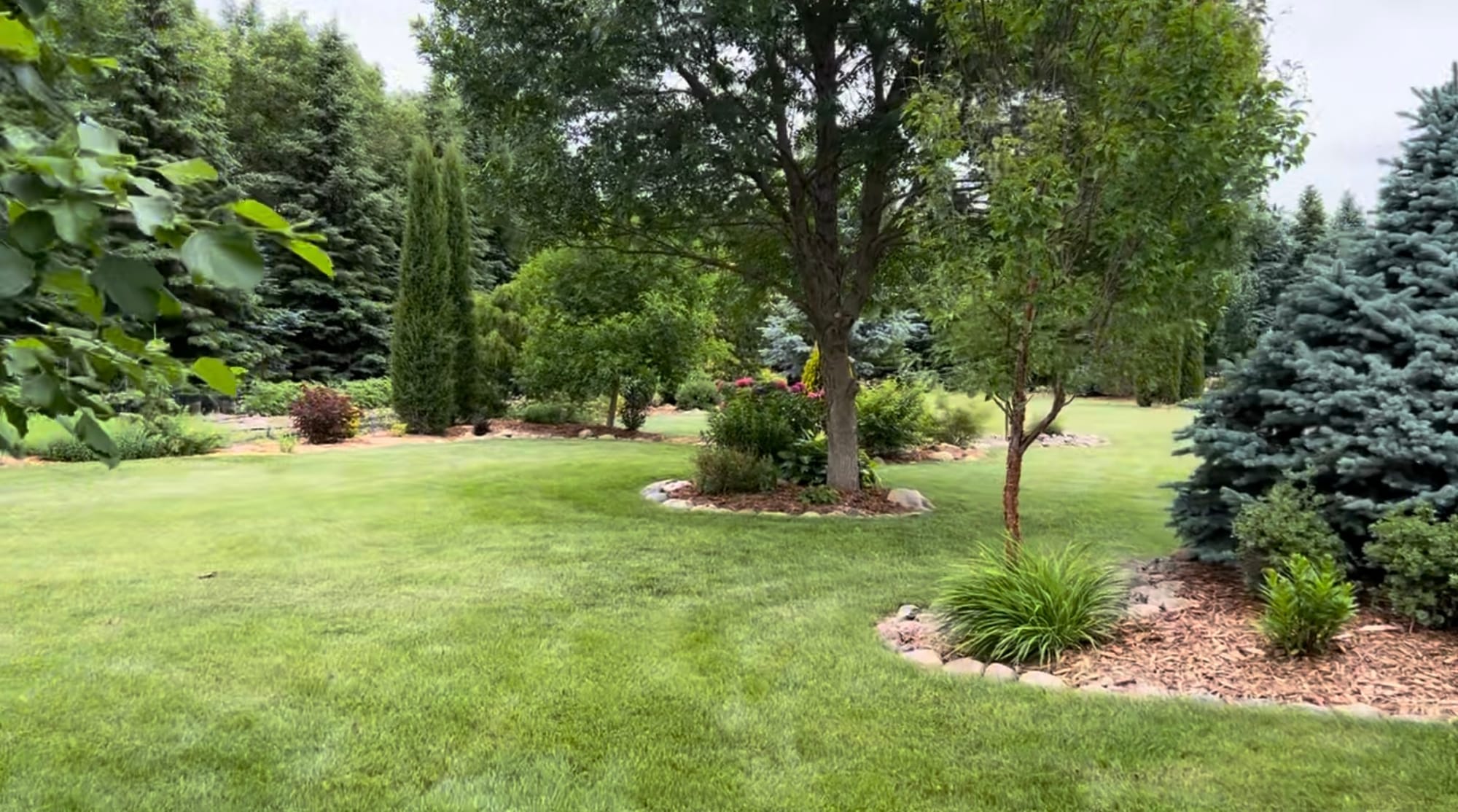
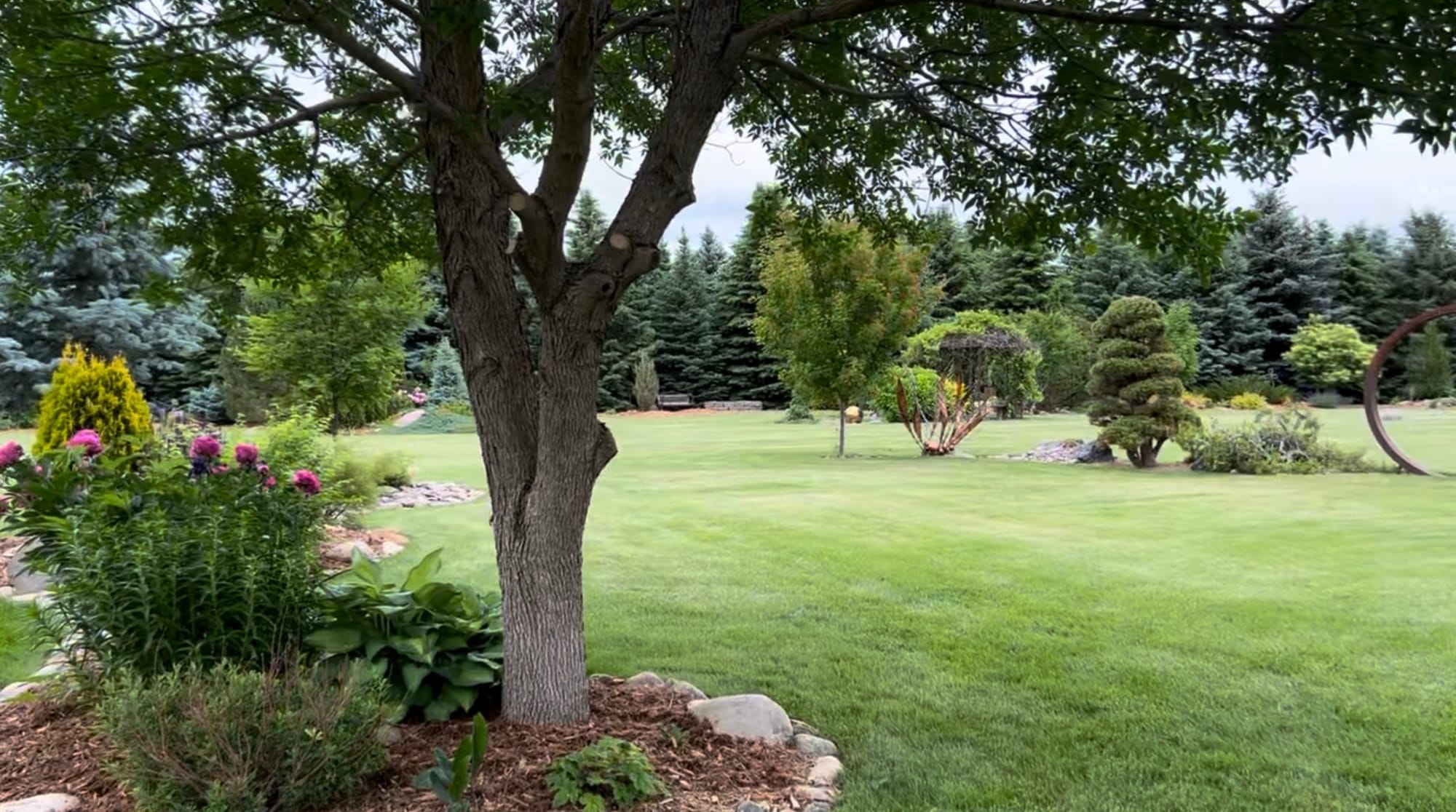
Green Ash Pruning Before and After
Pruning up these lower Green Ash limbs is what really convinced me to keep after, and prune up, many of my other trees in our landscape. This video takes a look at the initial pruning process a couple of years ago. Now, instead of blocking our view, seeing through the area into our other garden beds makes such a dramatic difference.
Lift up those lower branches to completely change the look - you won’t regret it!
Thanks for stopping by Garden hike.
Kevin
A.M. Leonard has an excellent selection of tools and gardening supplies! Enter discount code GARDENHIKE10 when checking out to receive 10% off any order. Click the banner below to enter their online store.

Garden Hike is supported by its audience. When you purchase through links on this site, we may earn a small commission at no additional charge to you.
